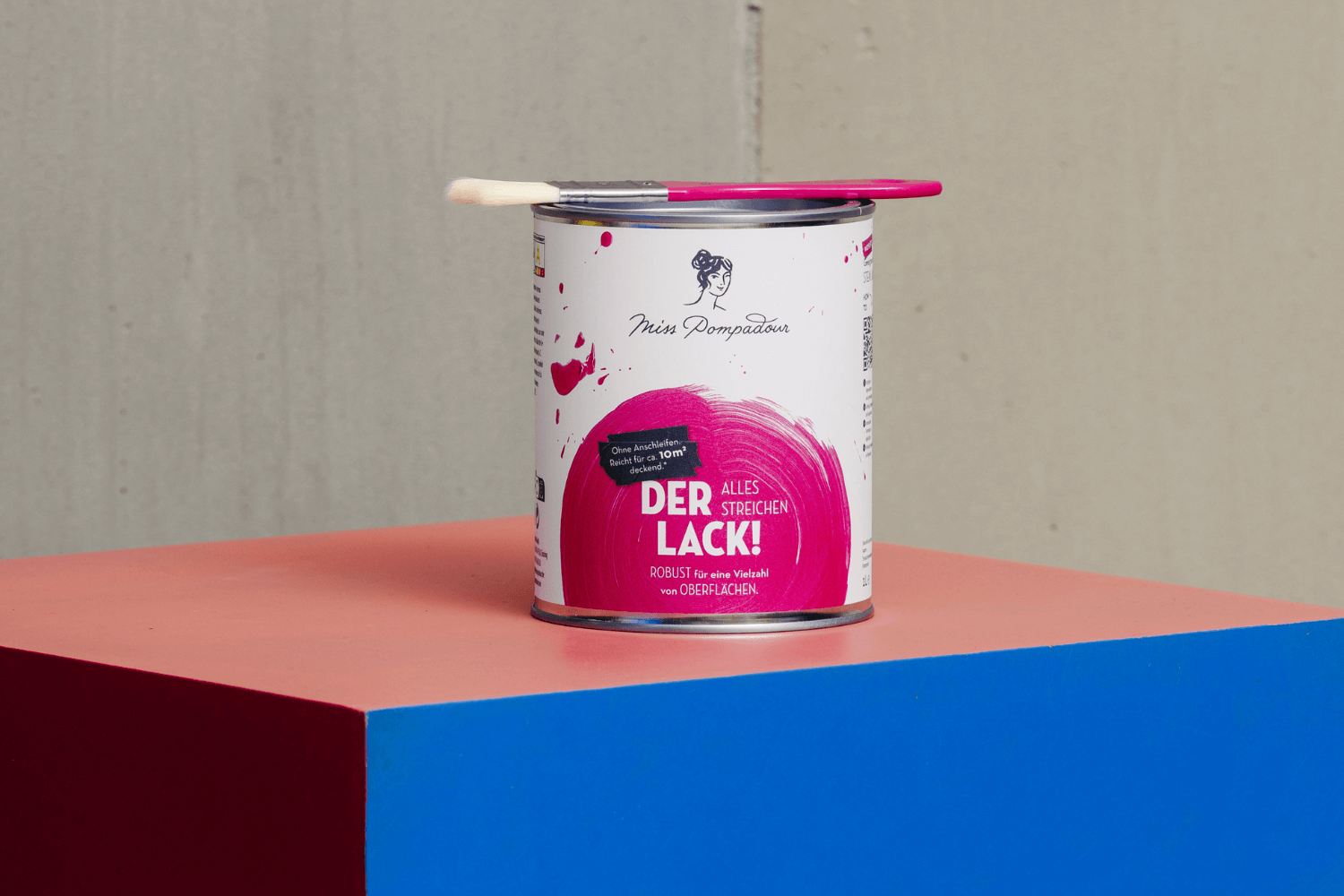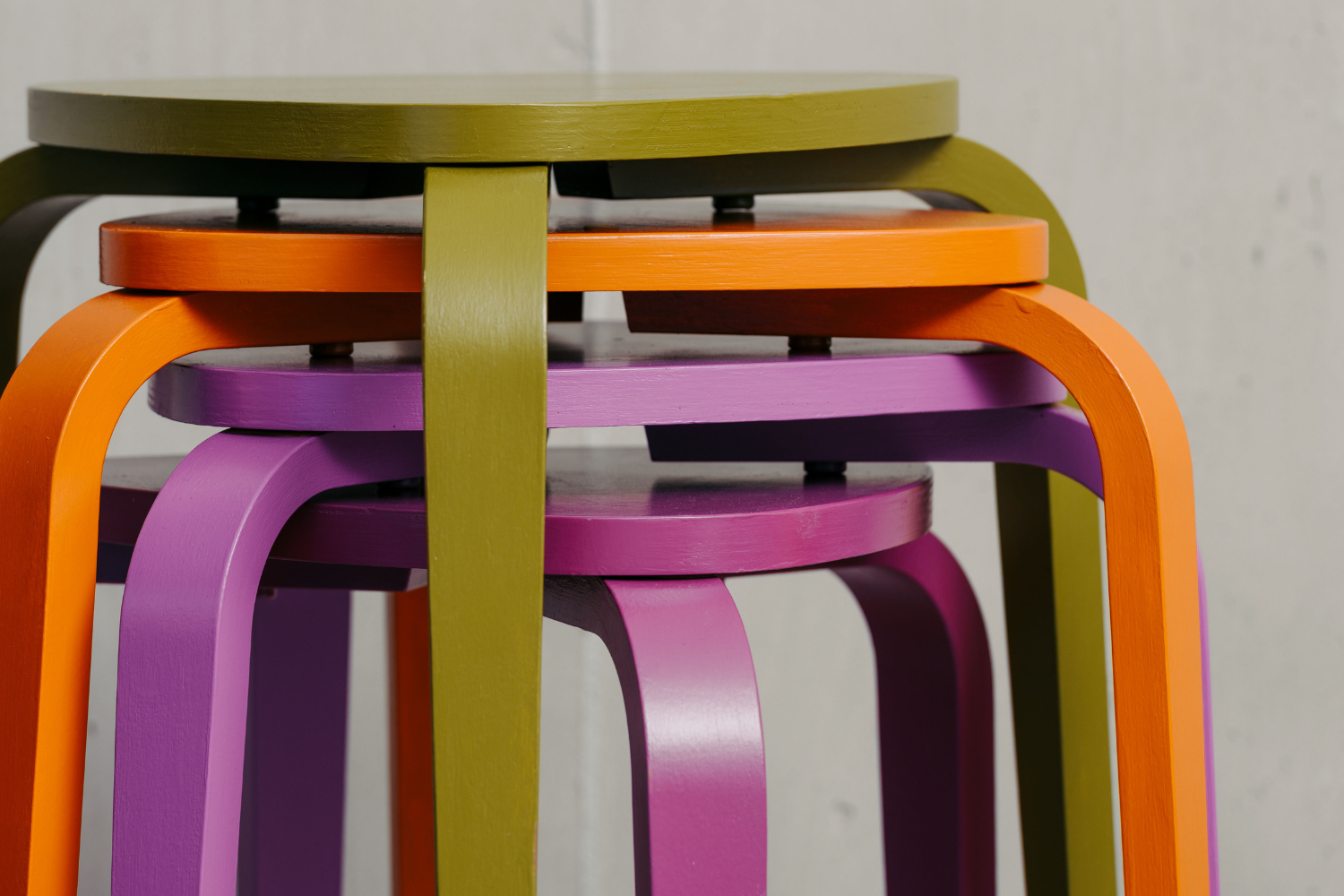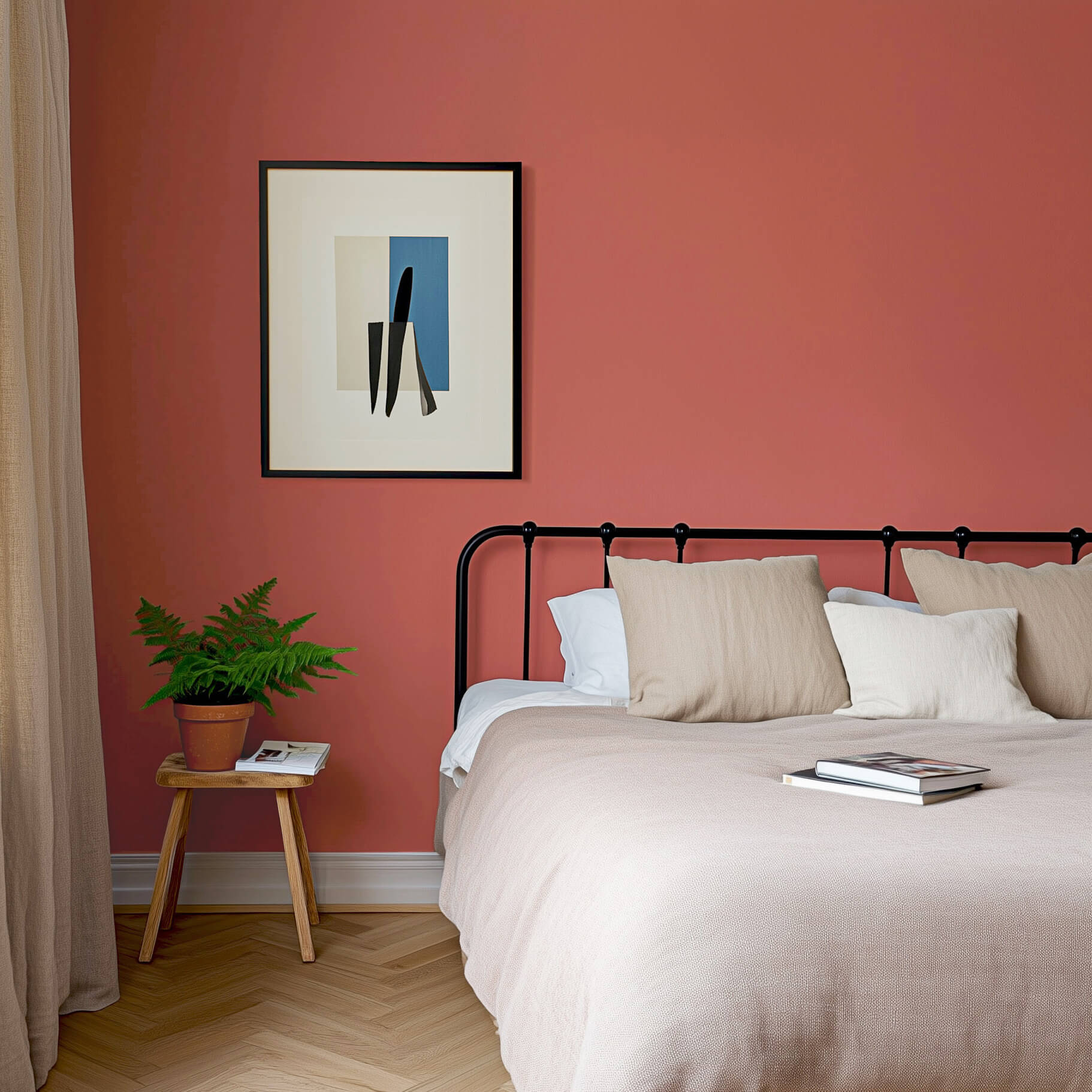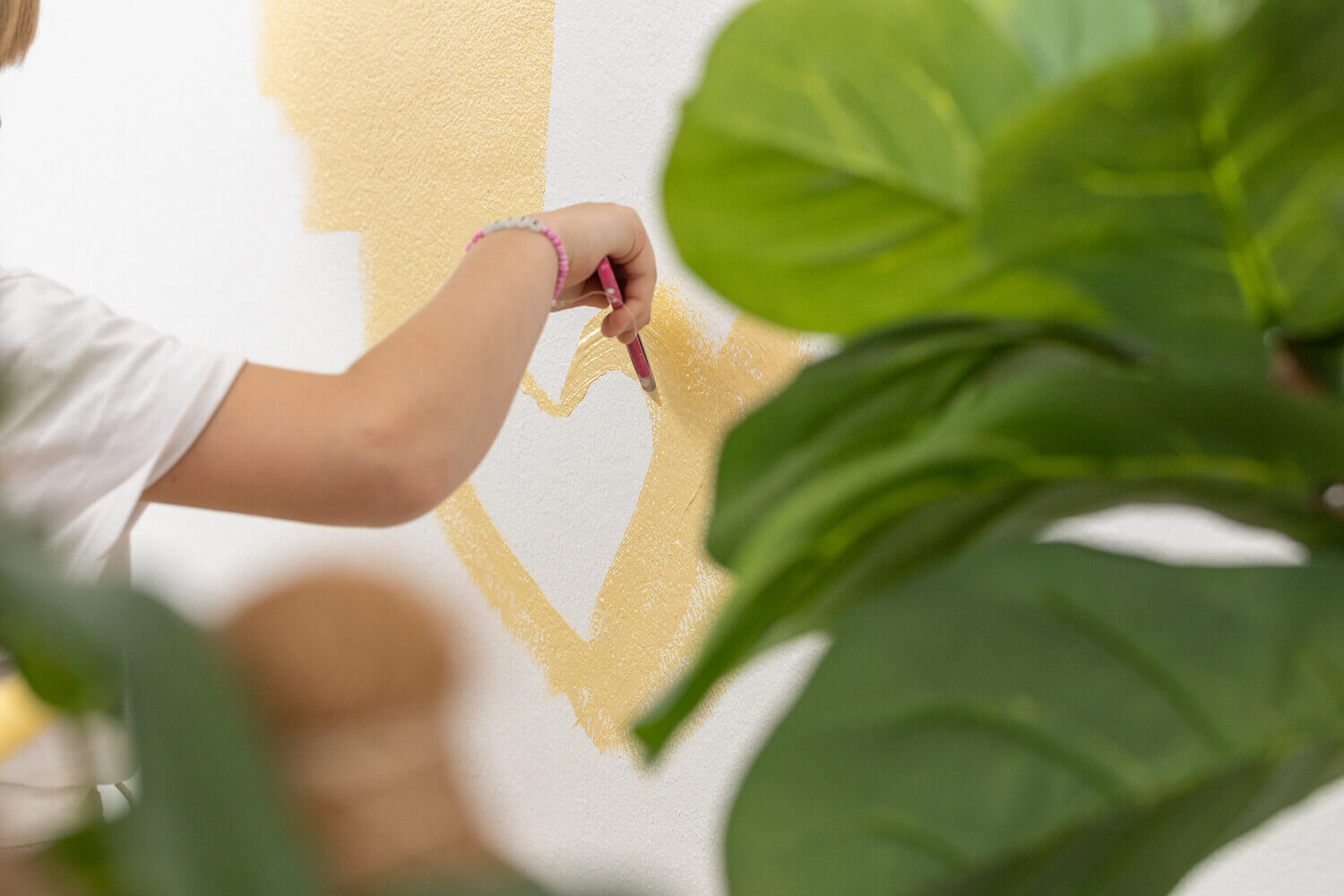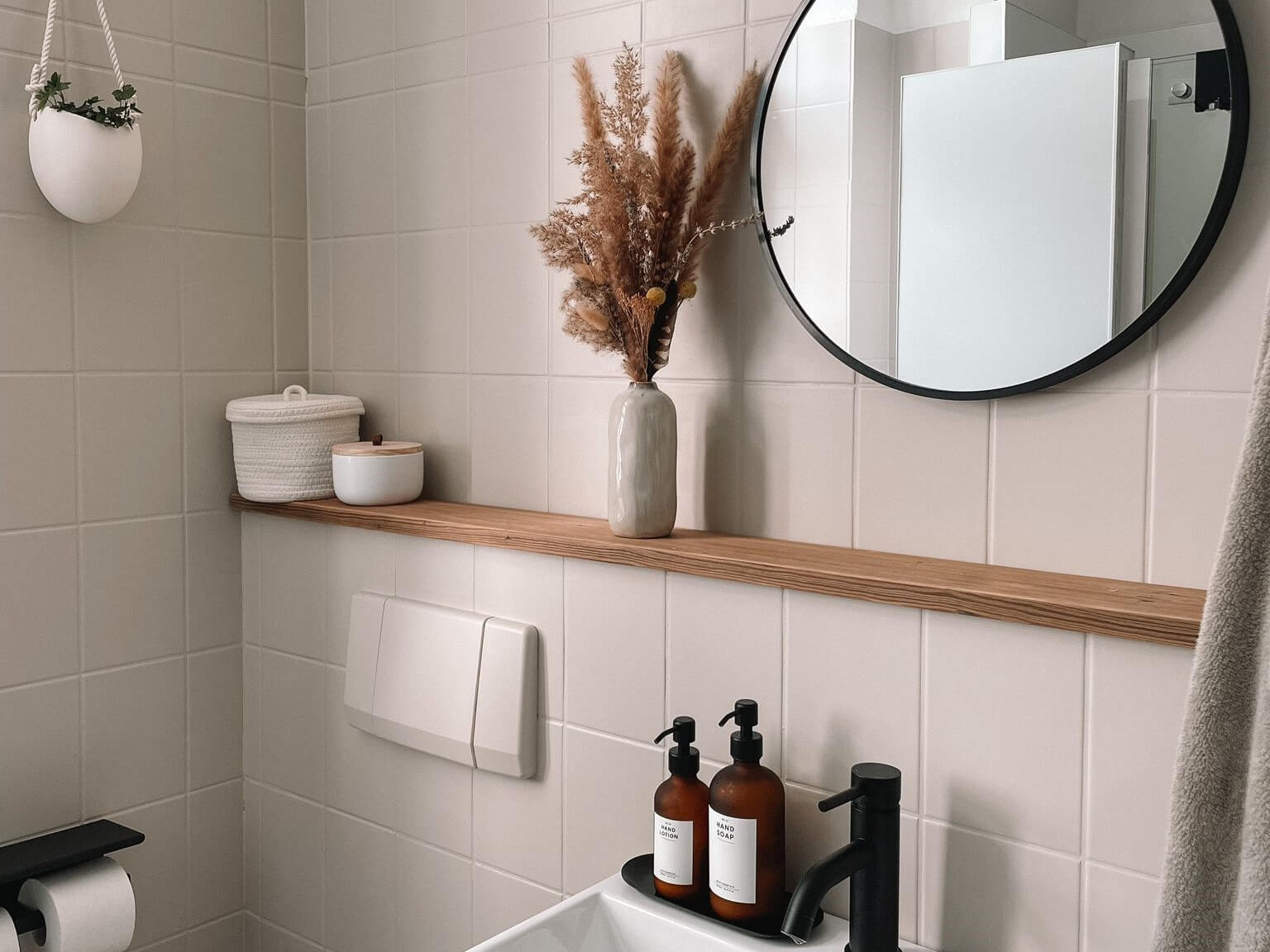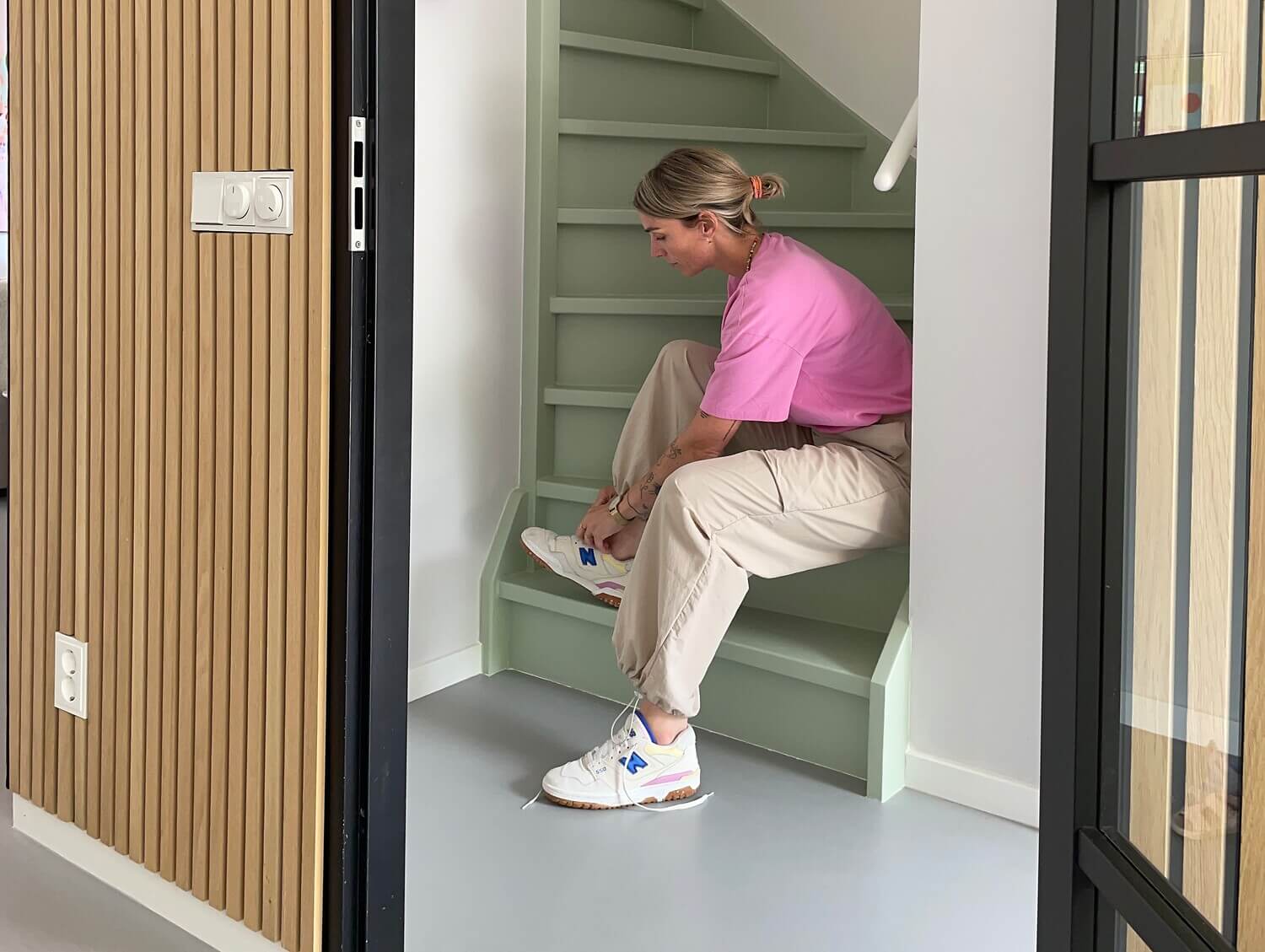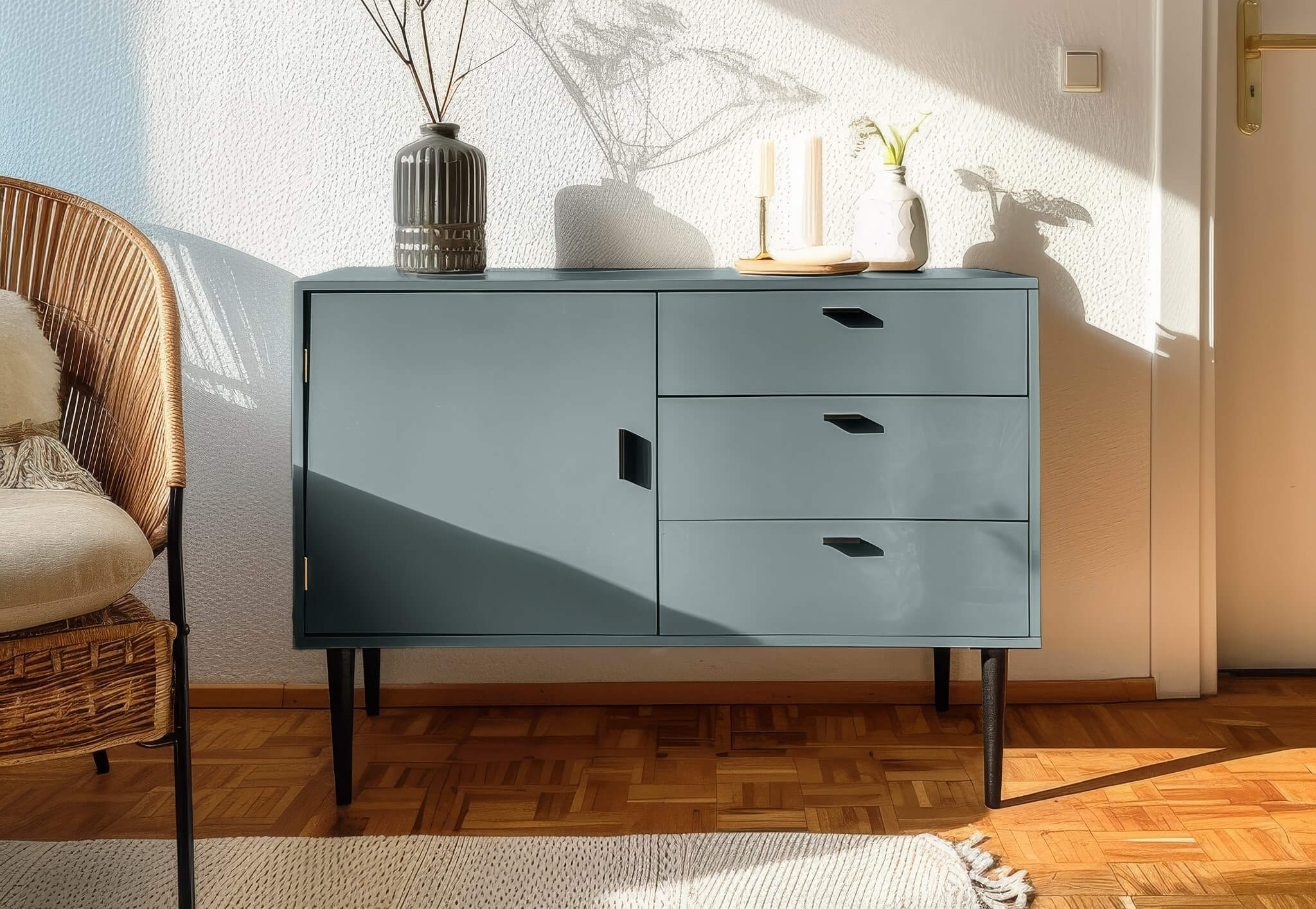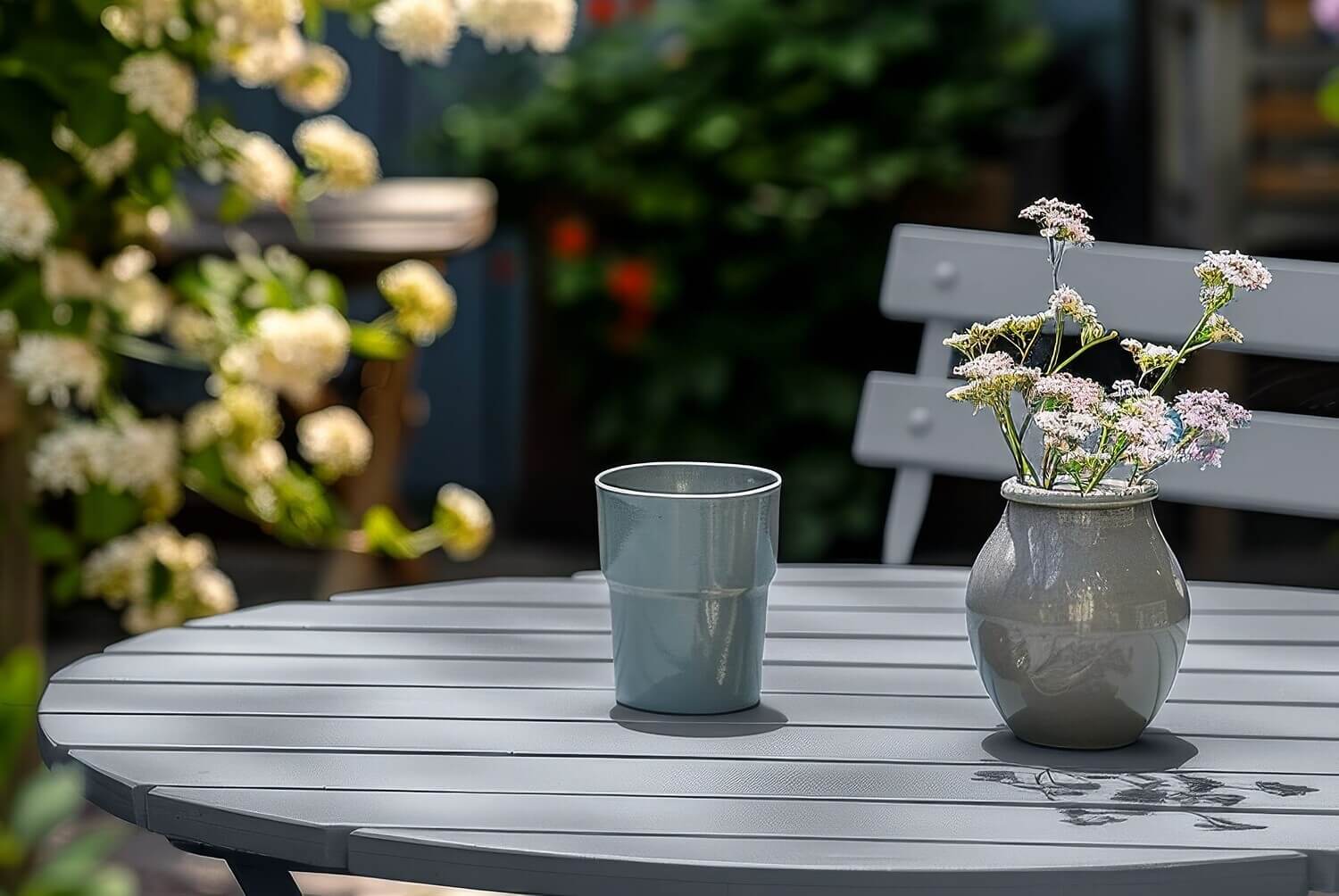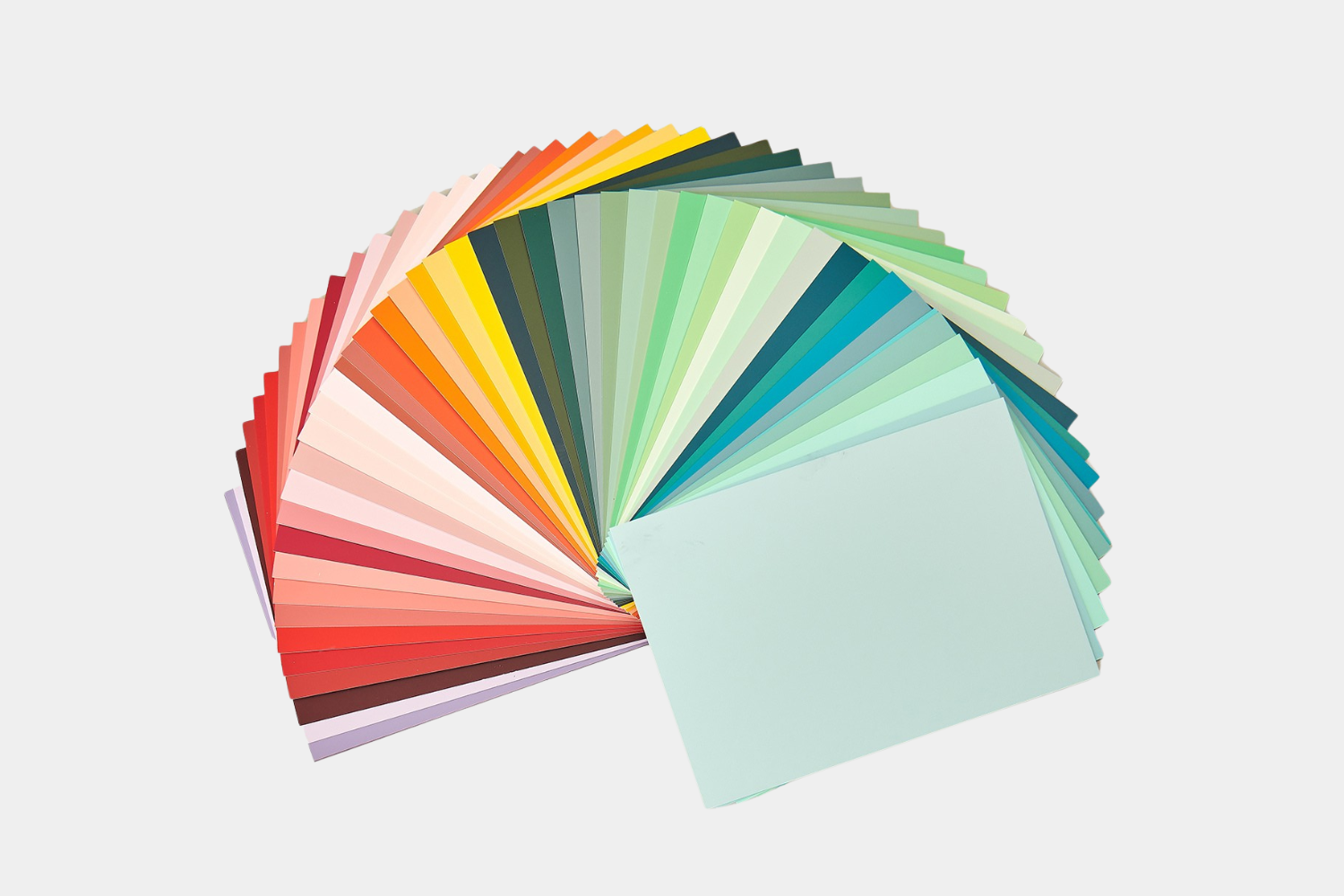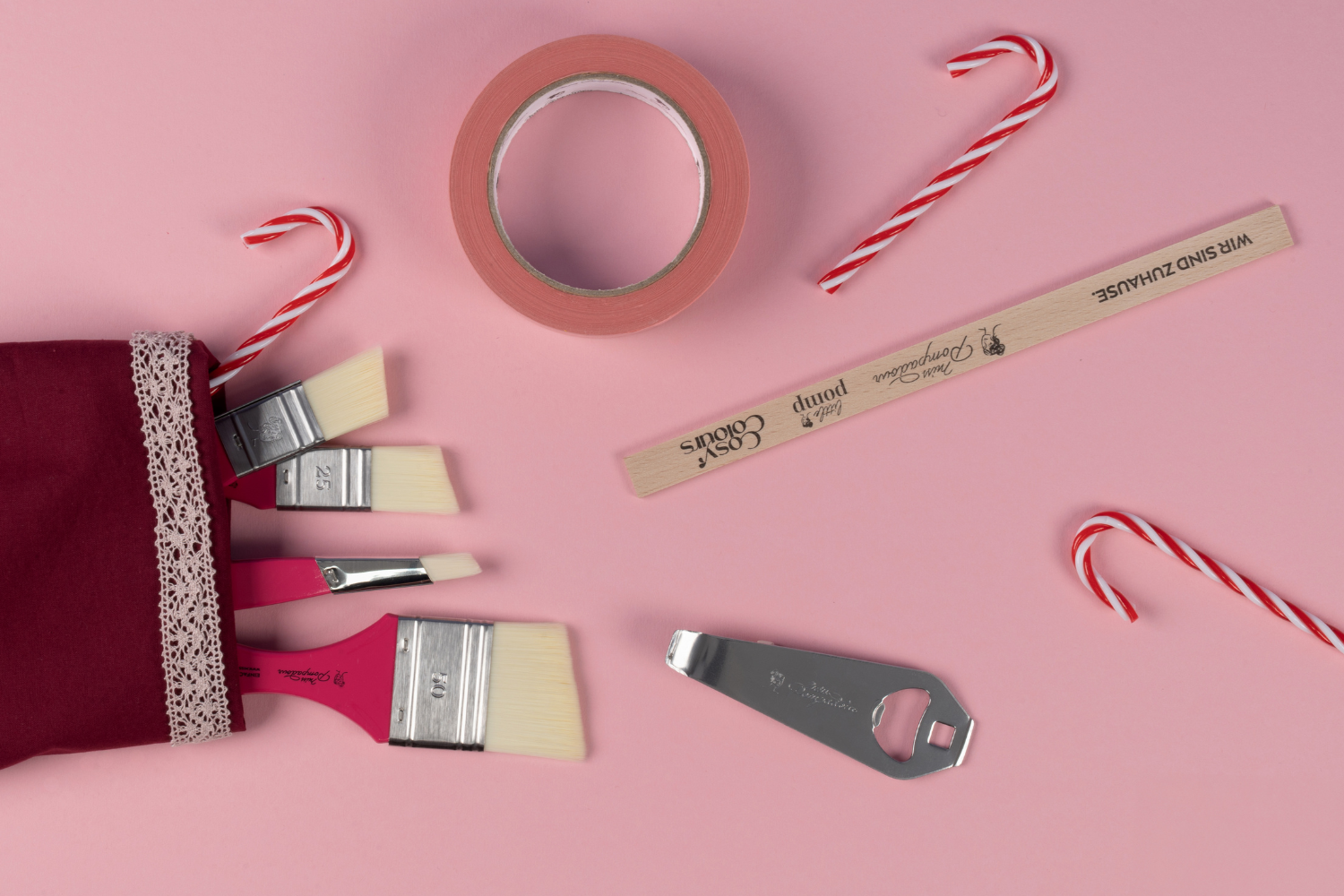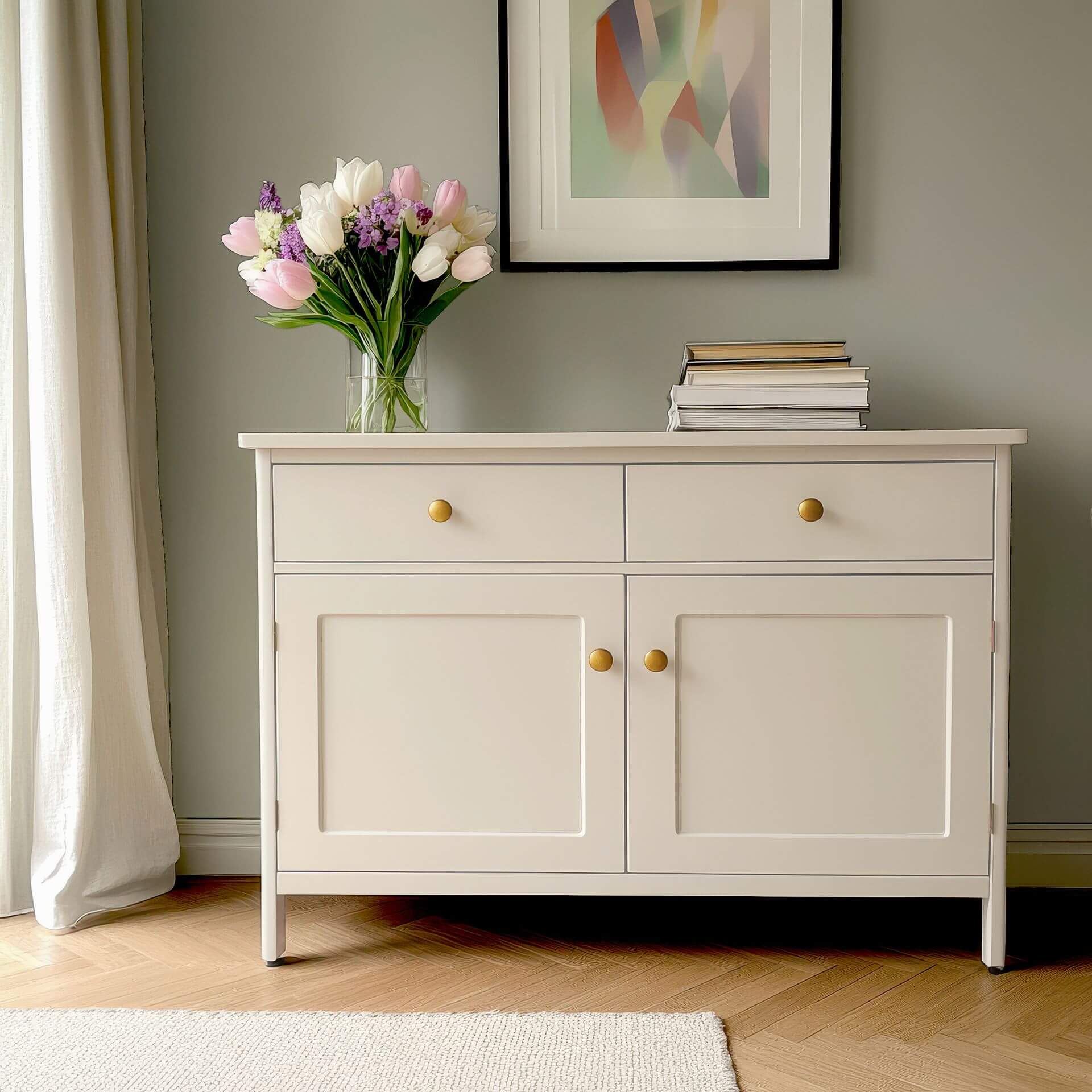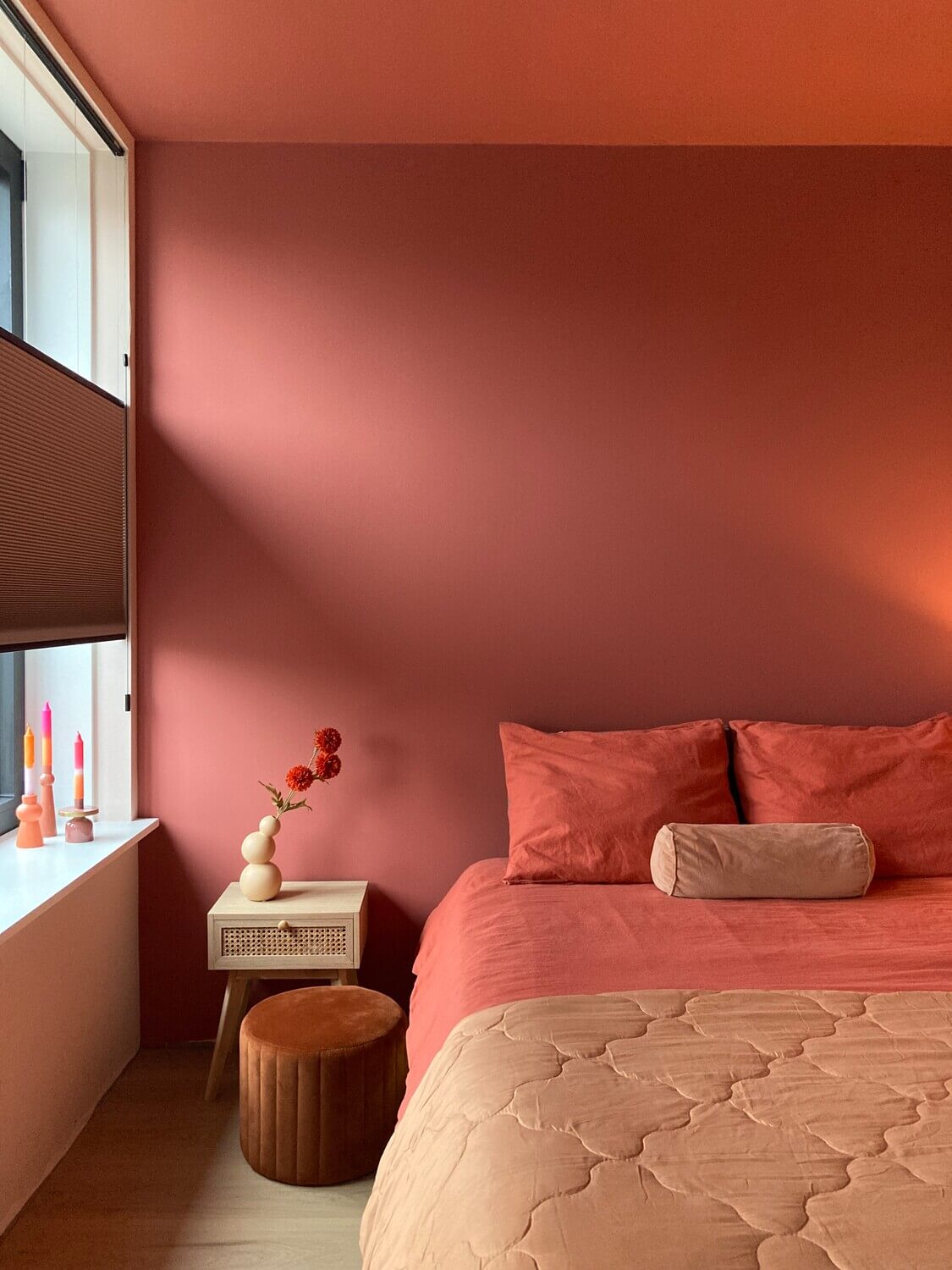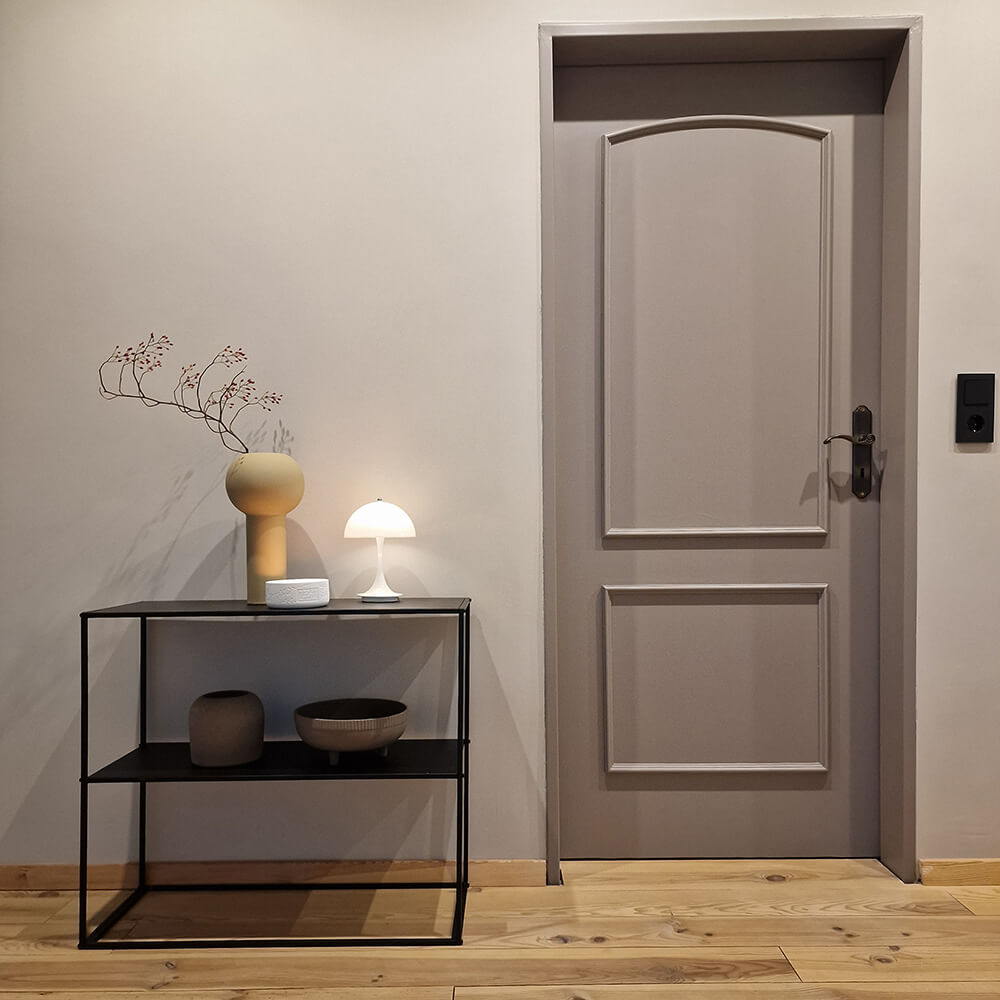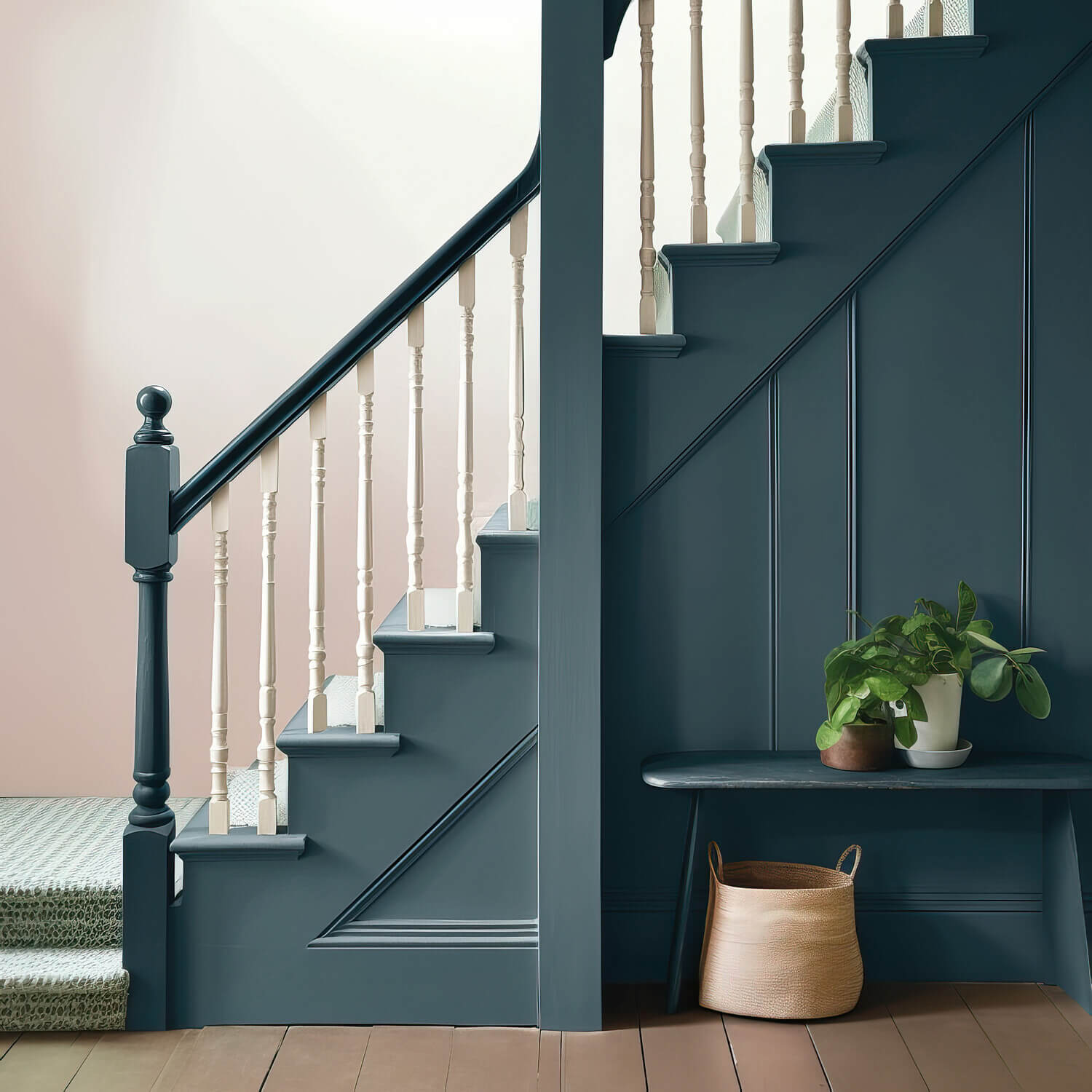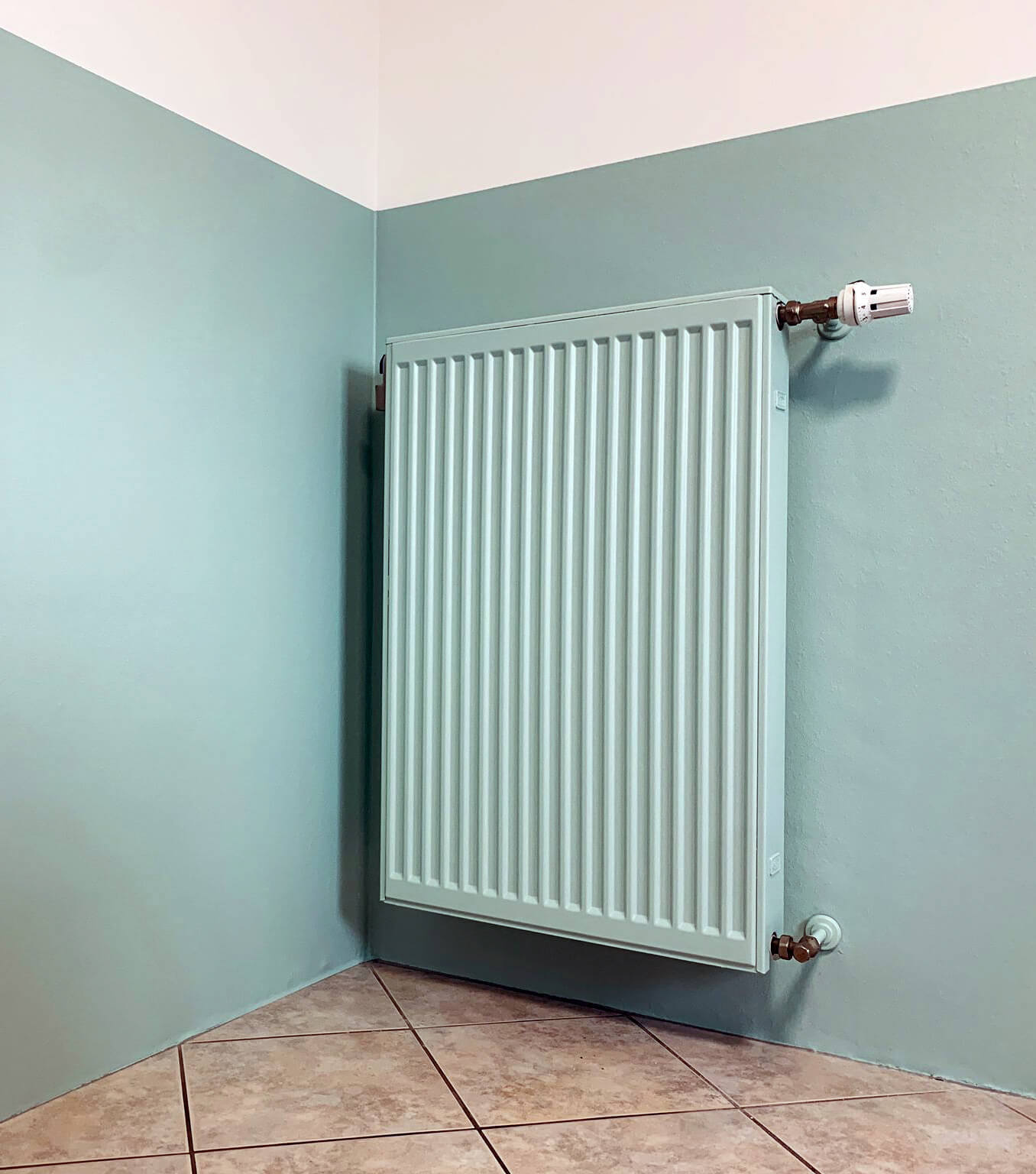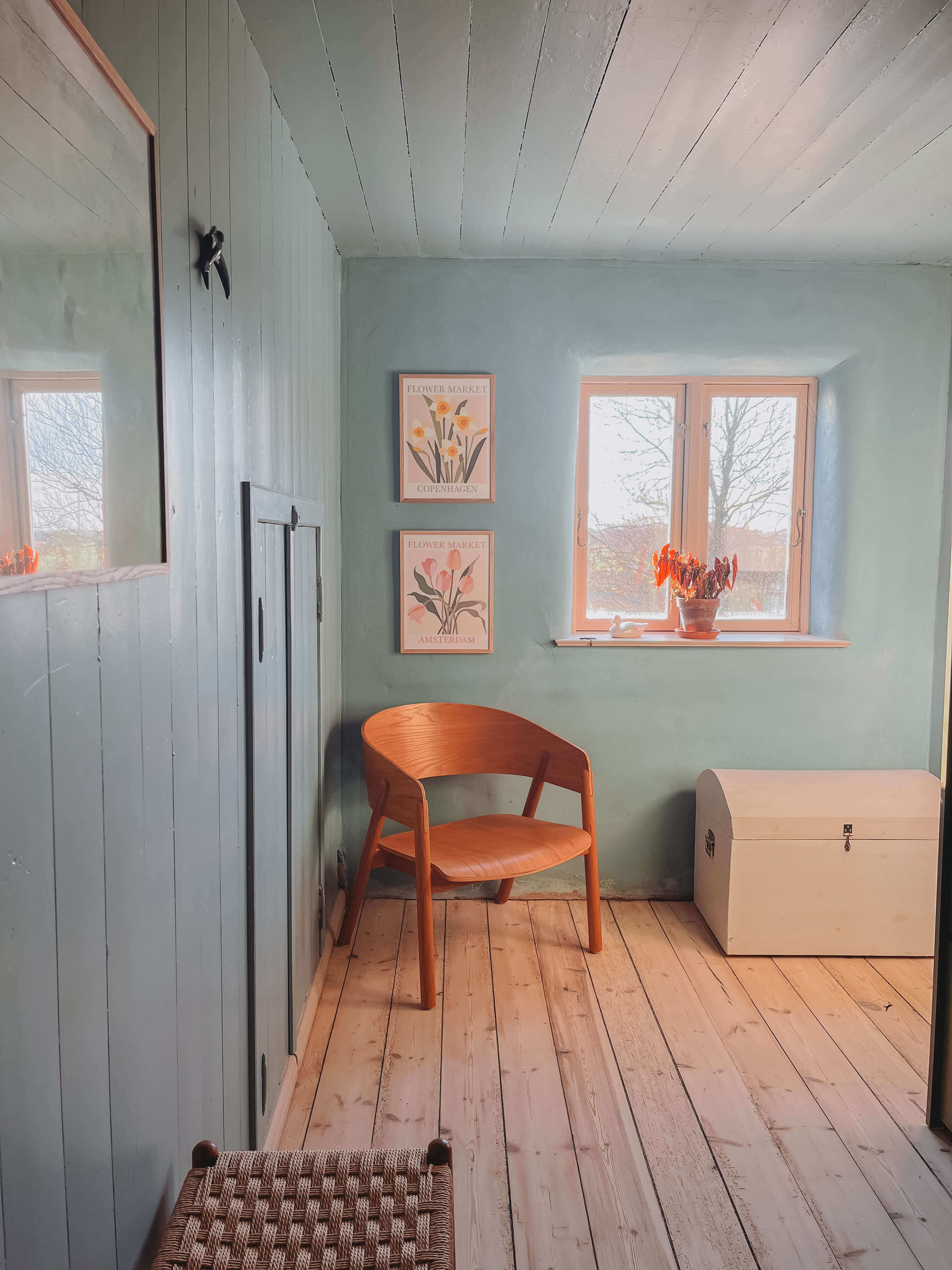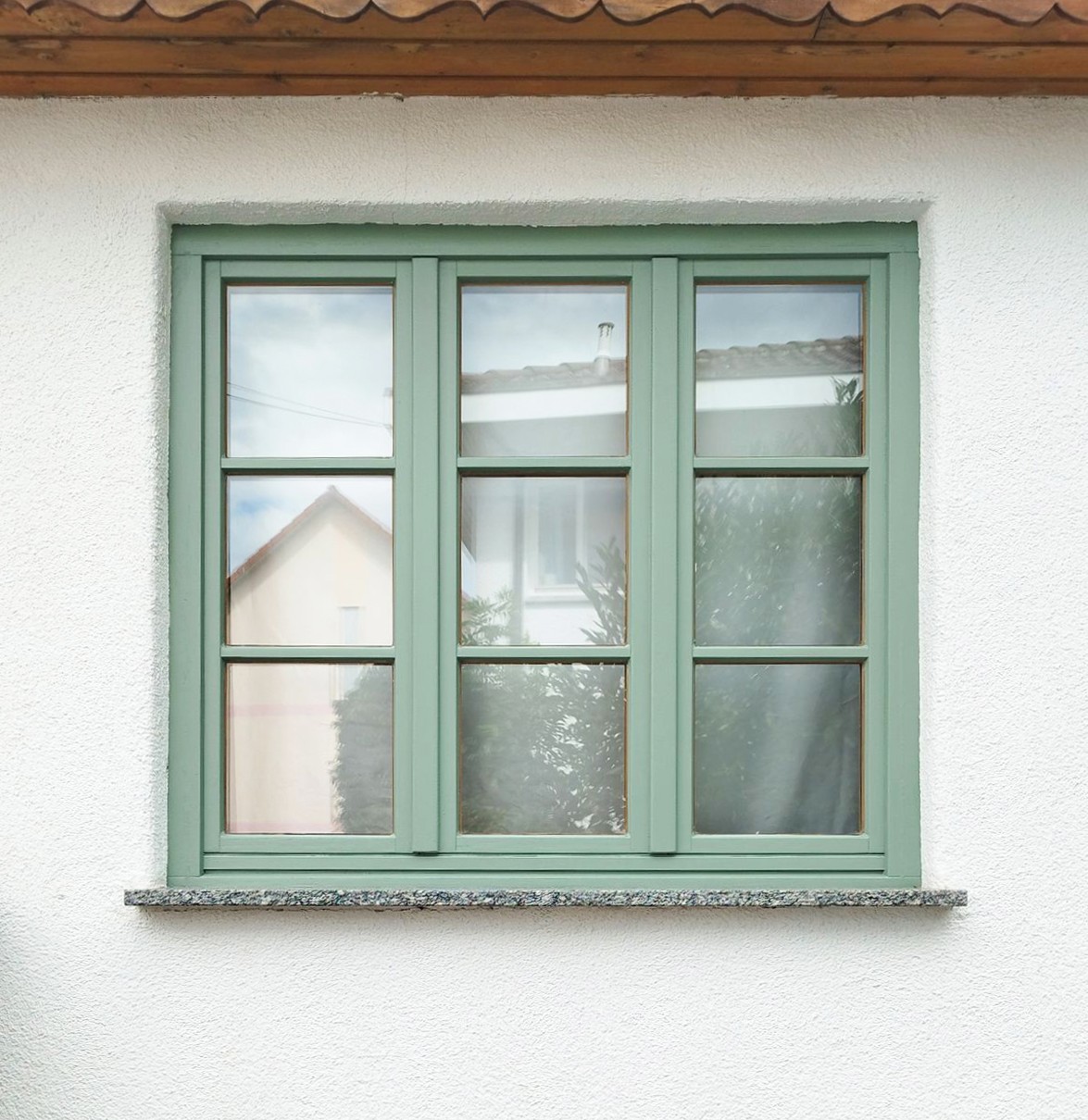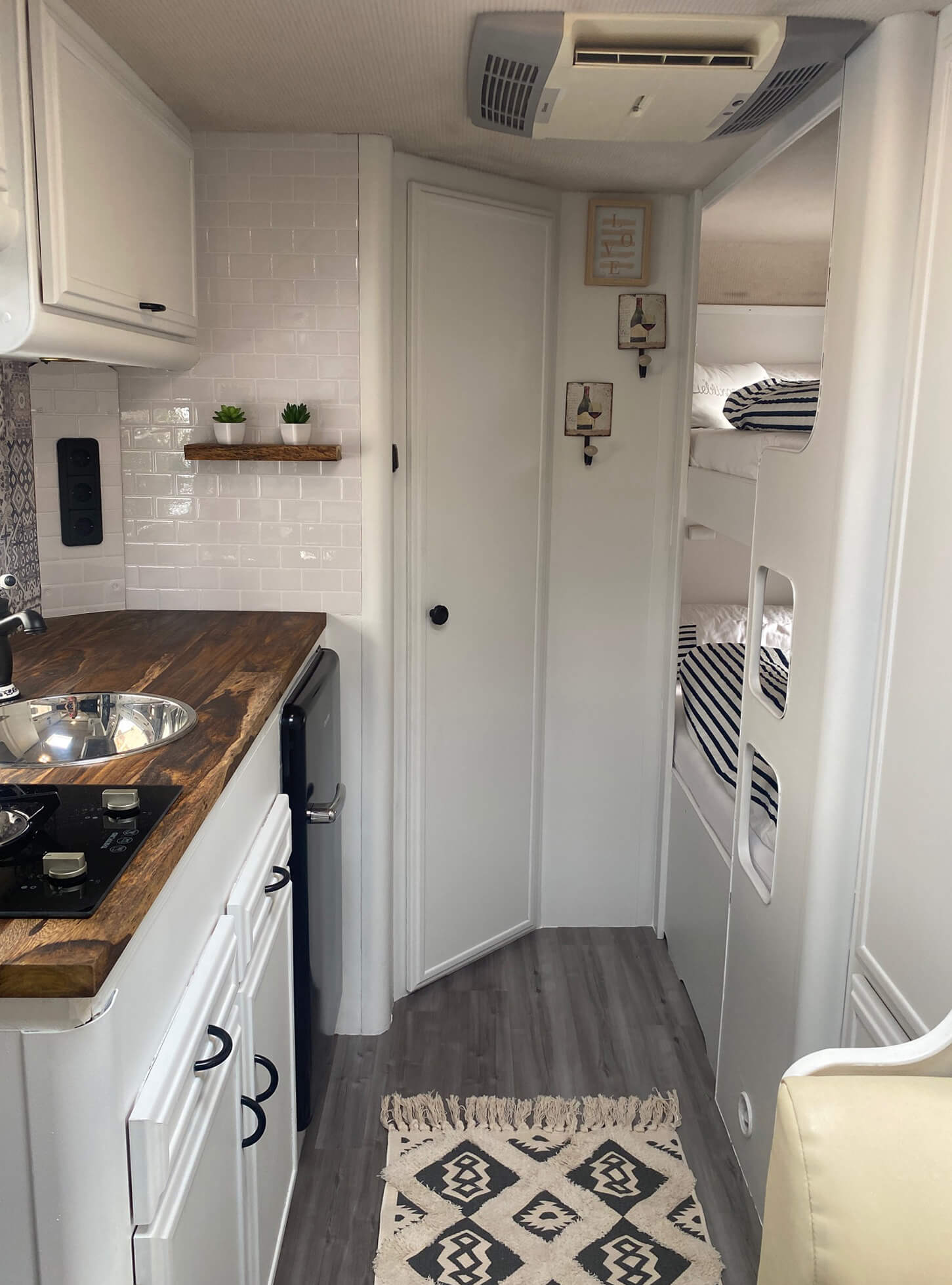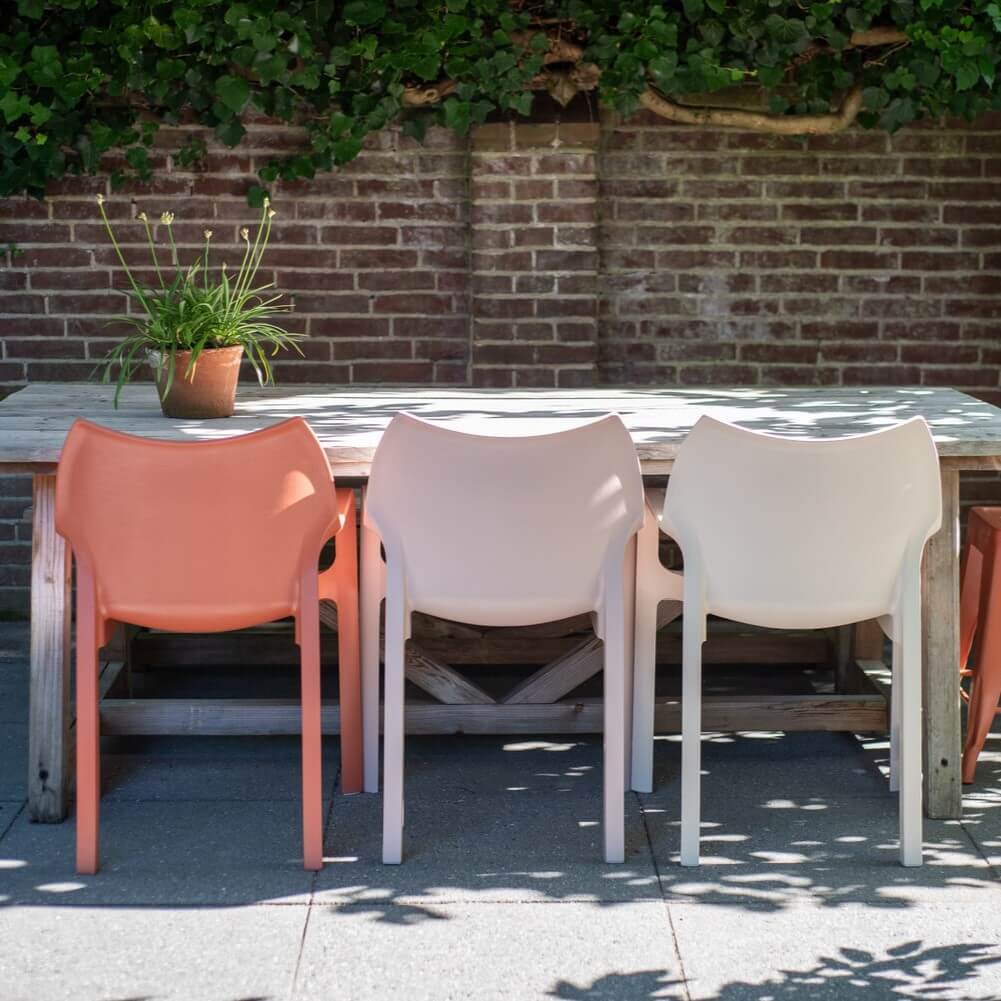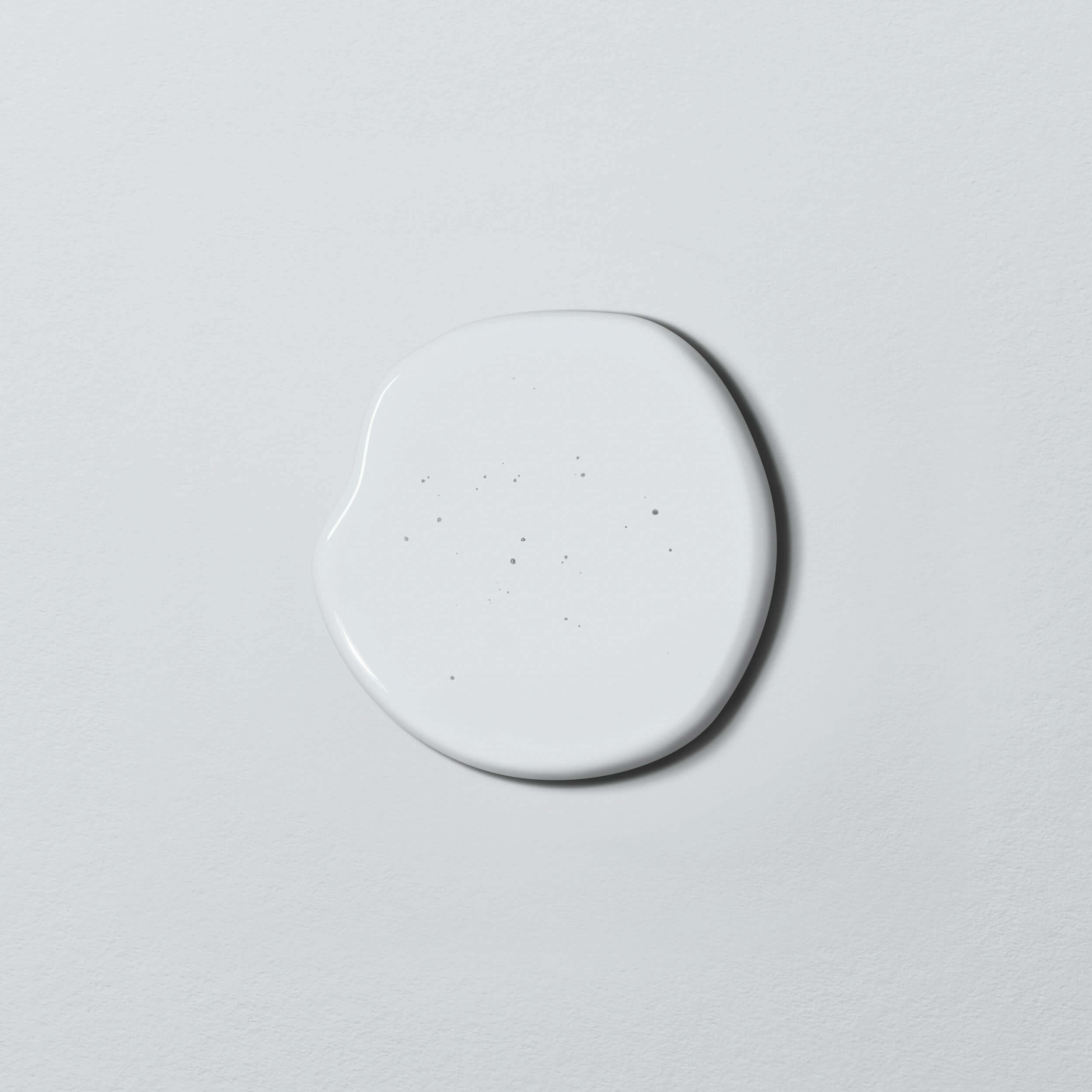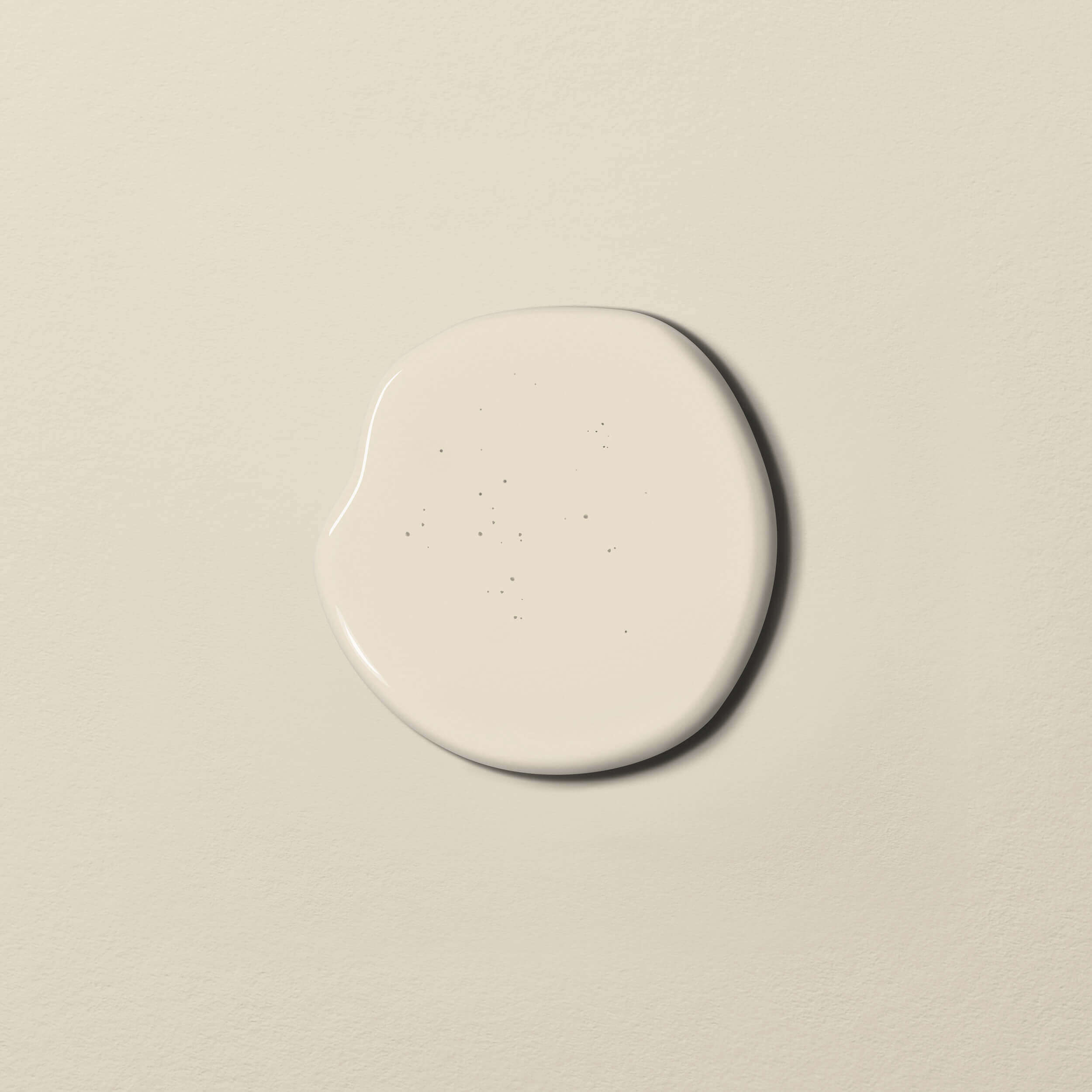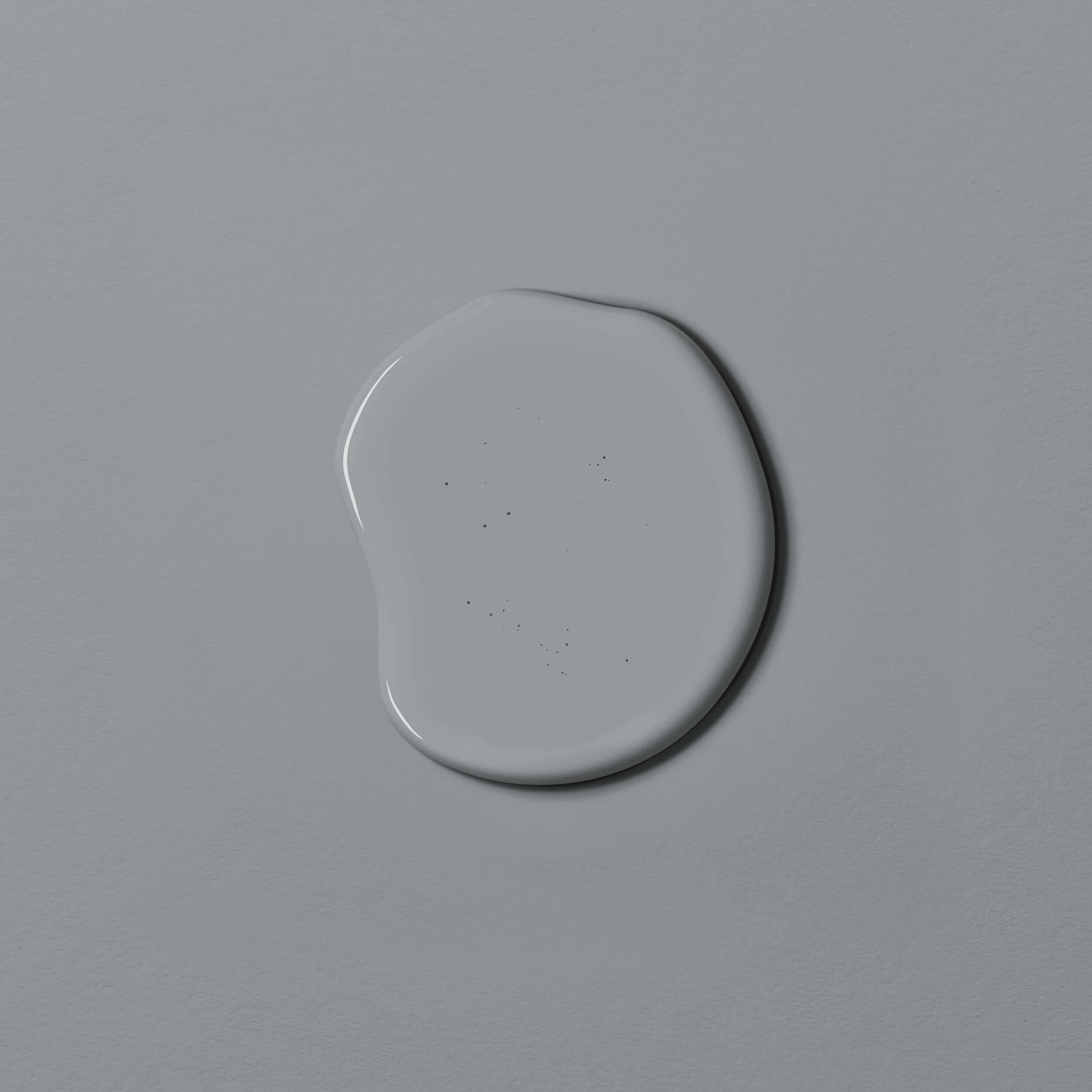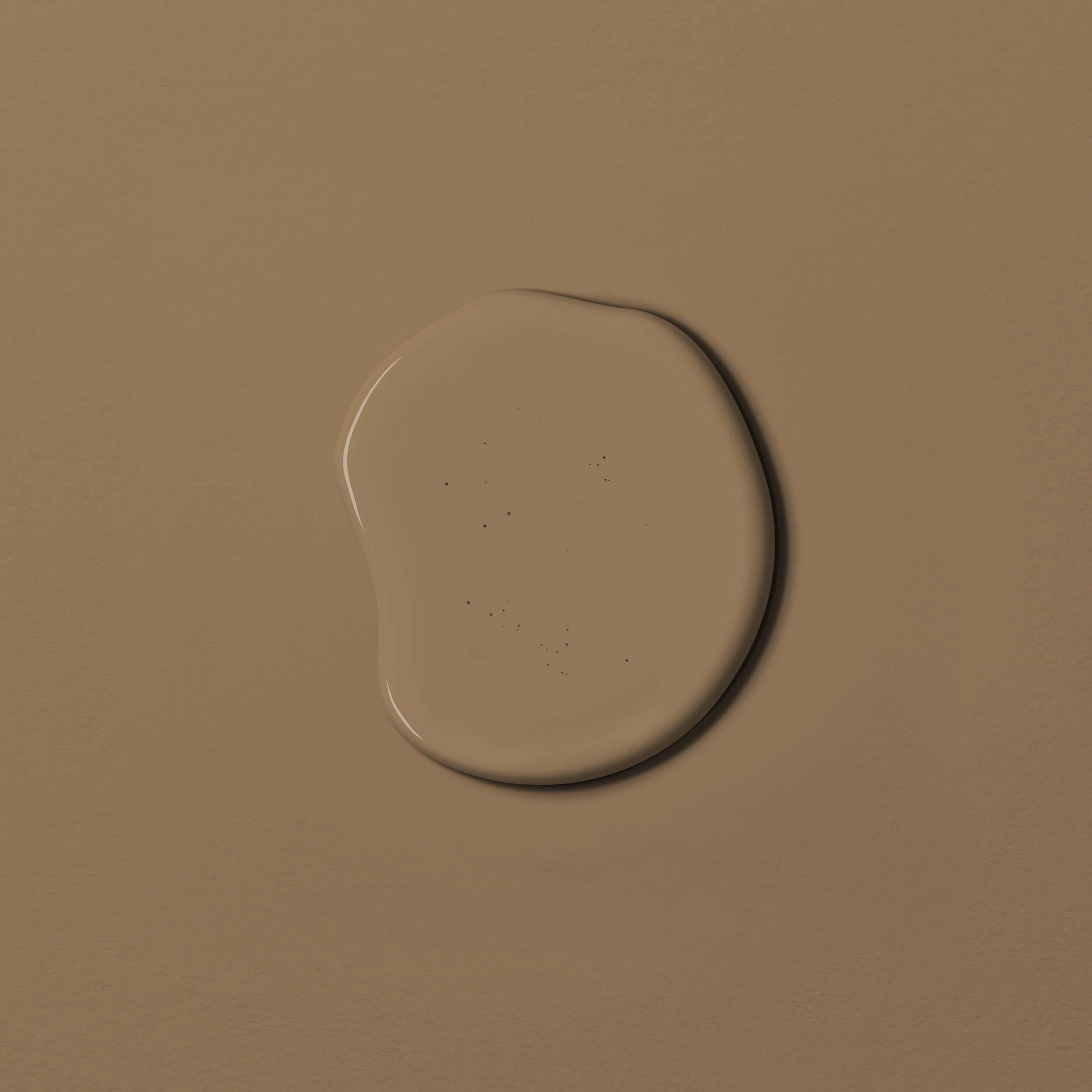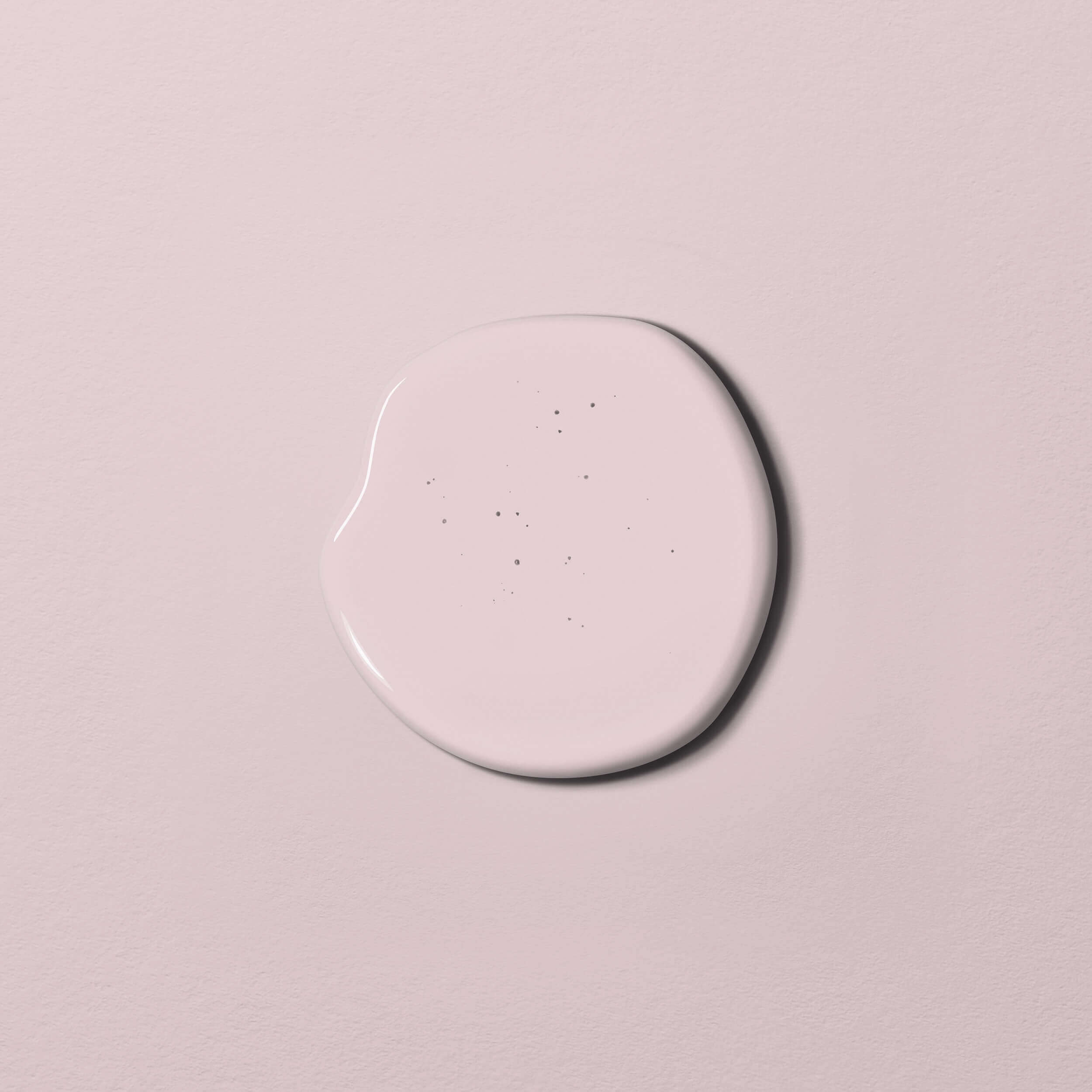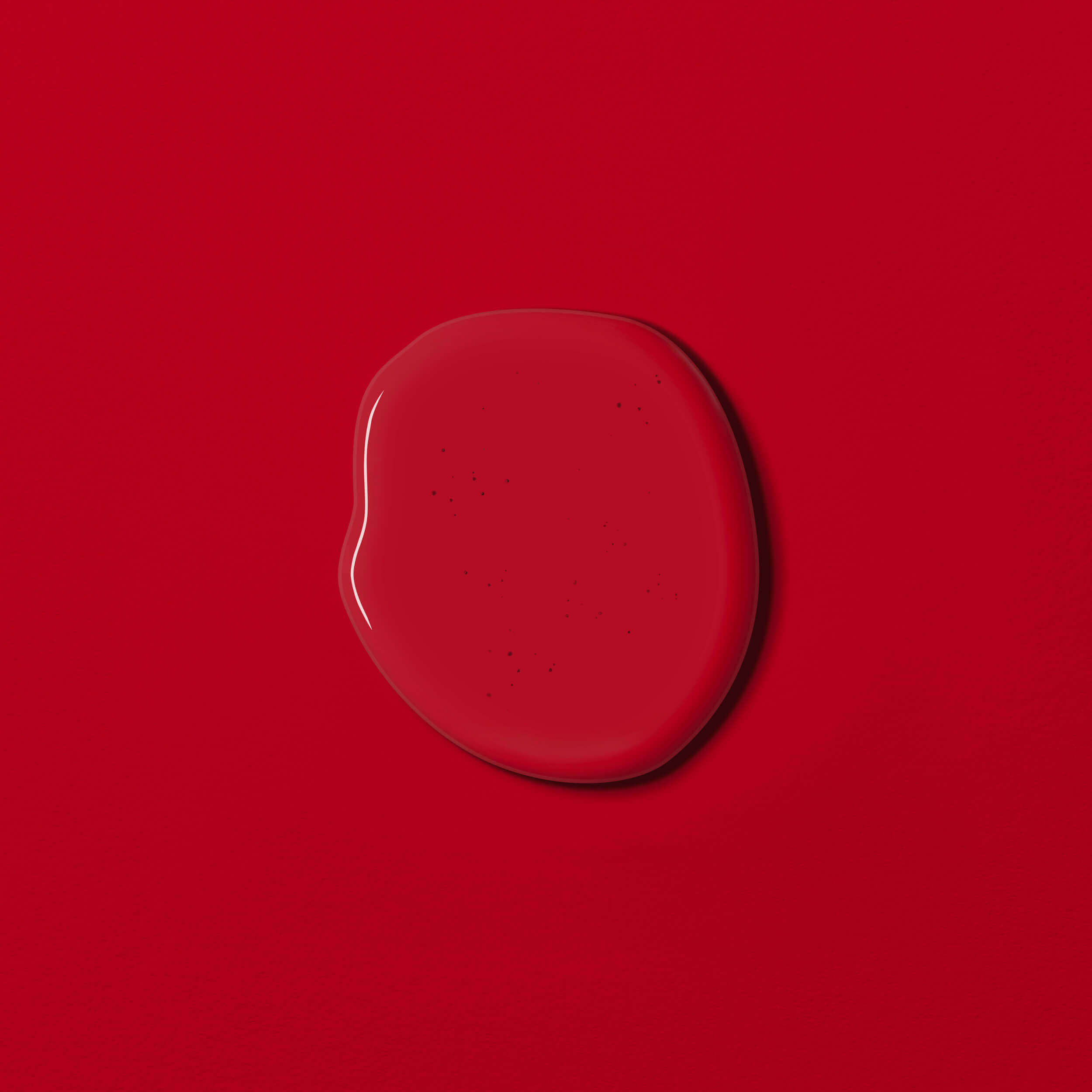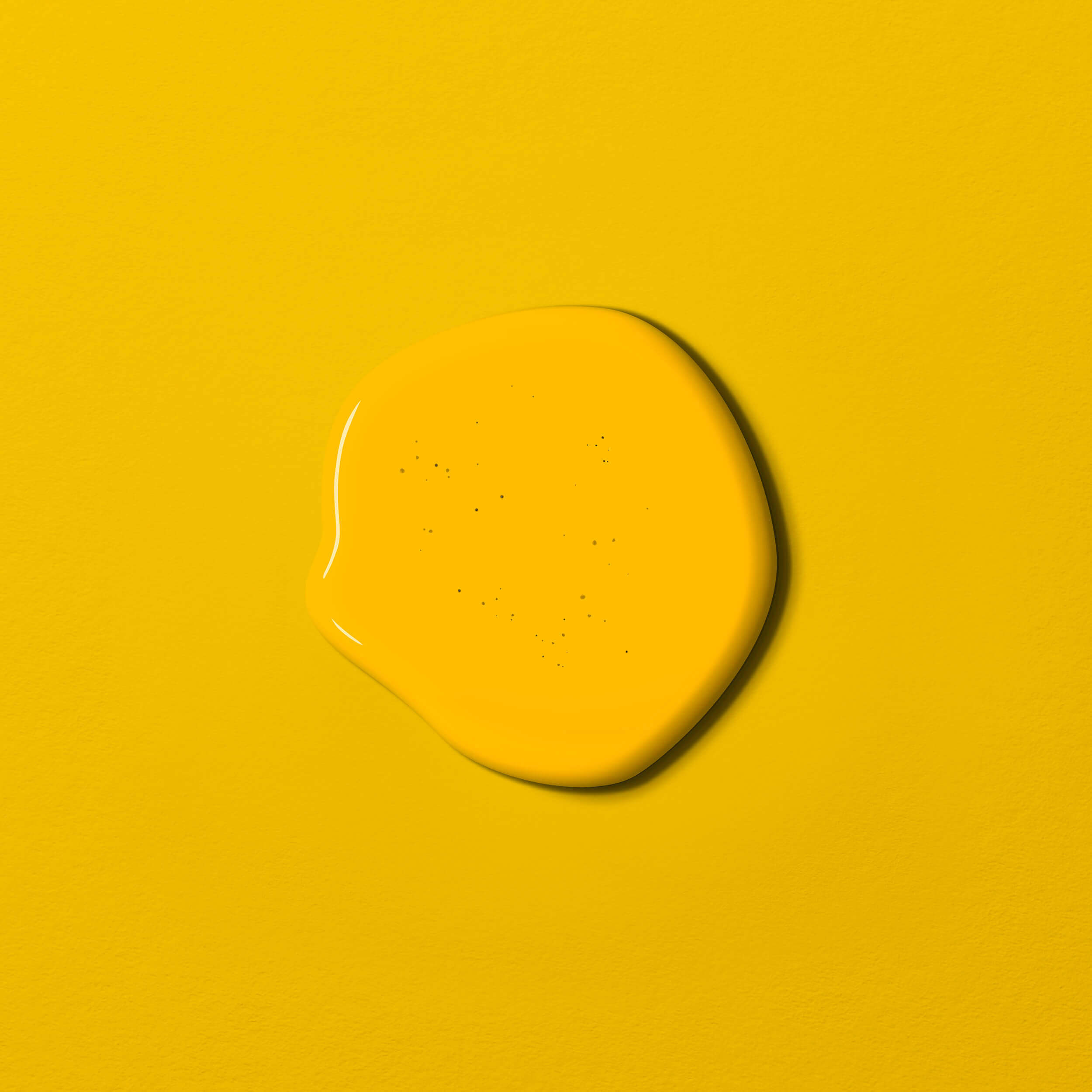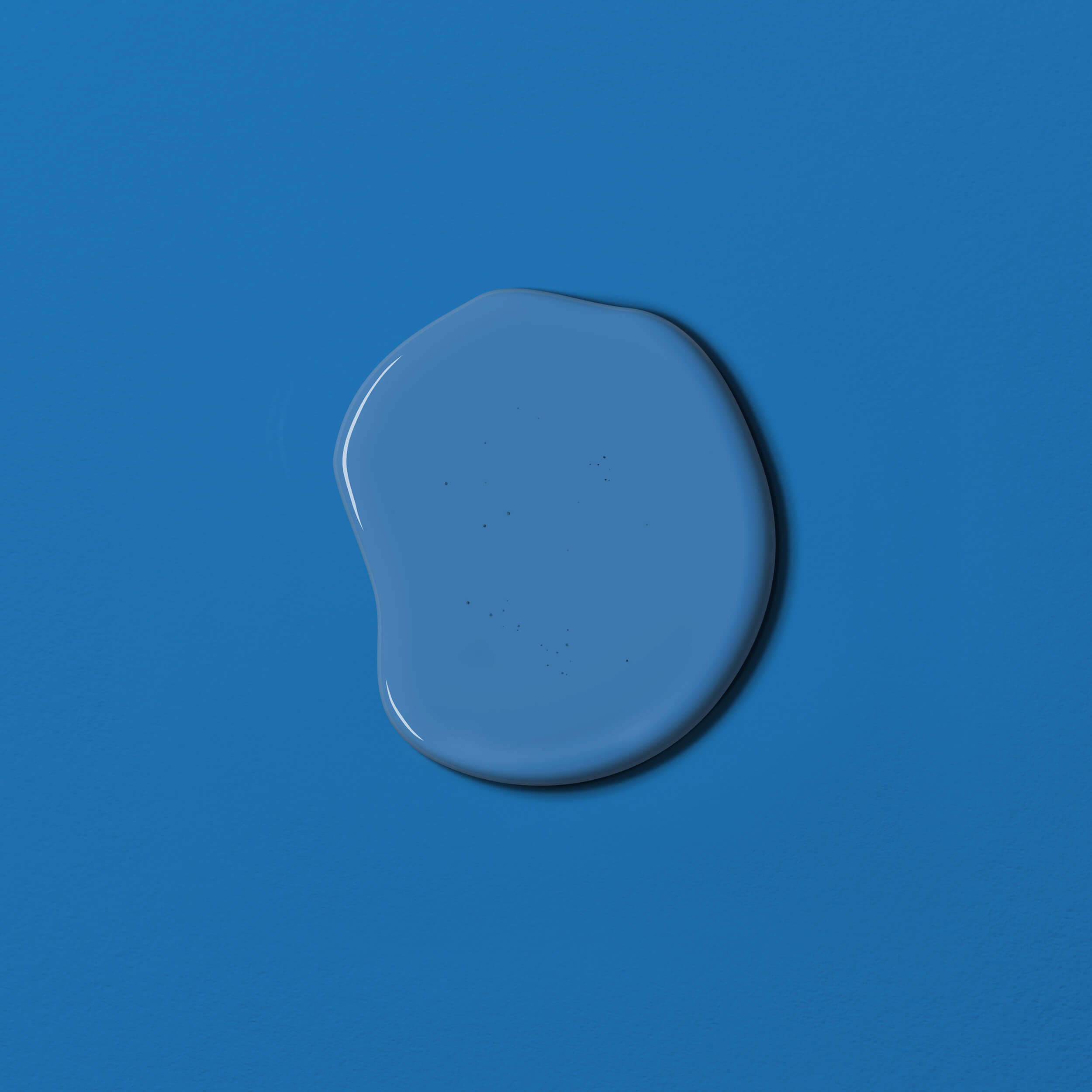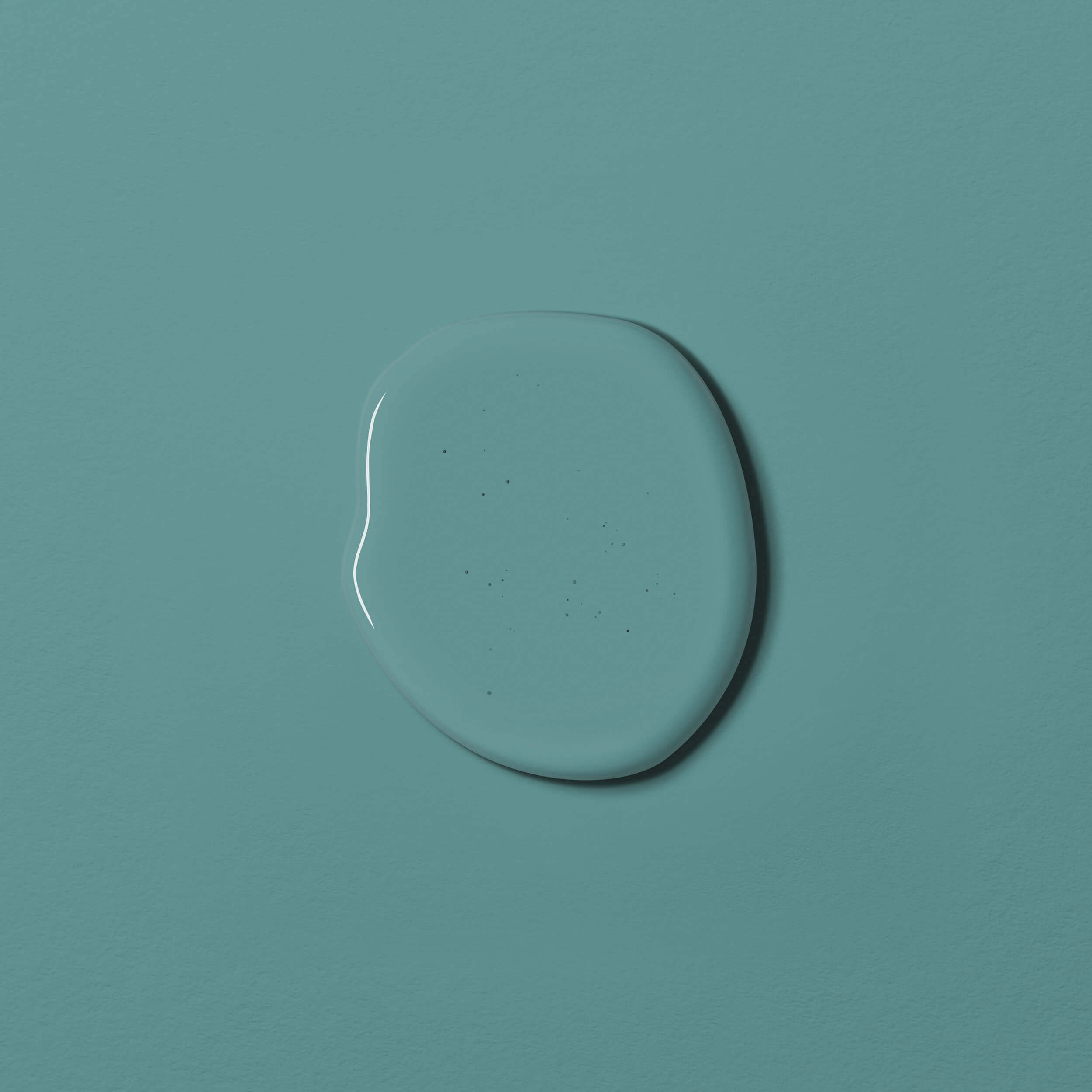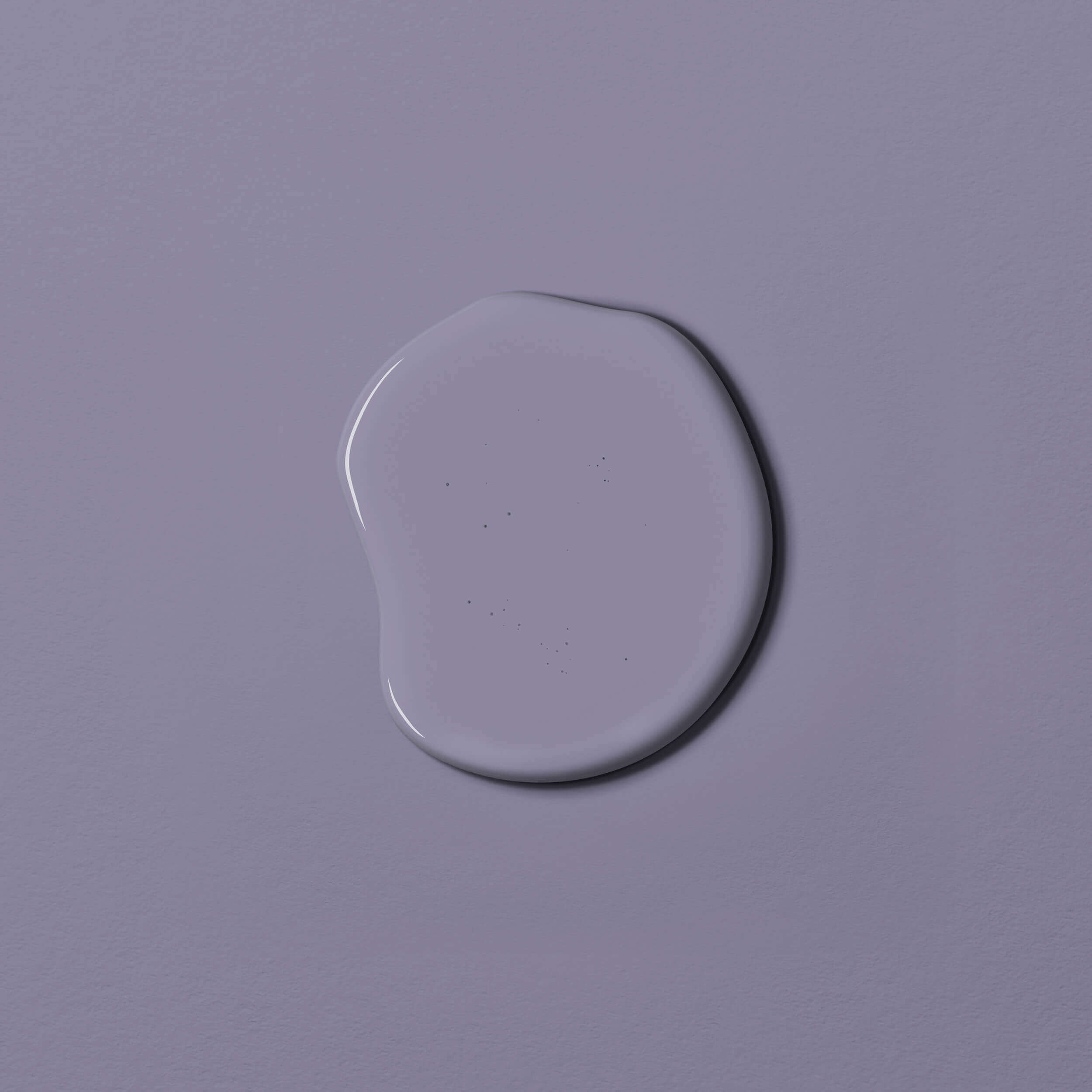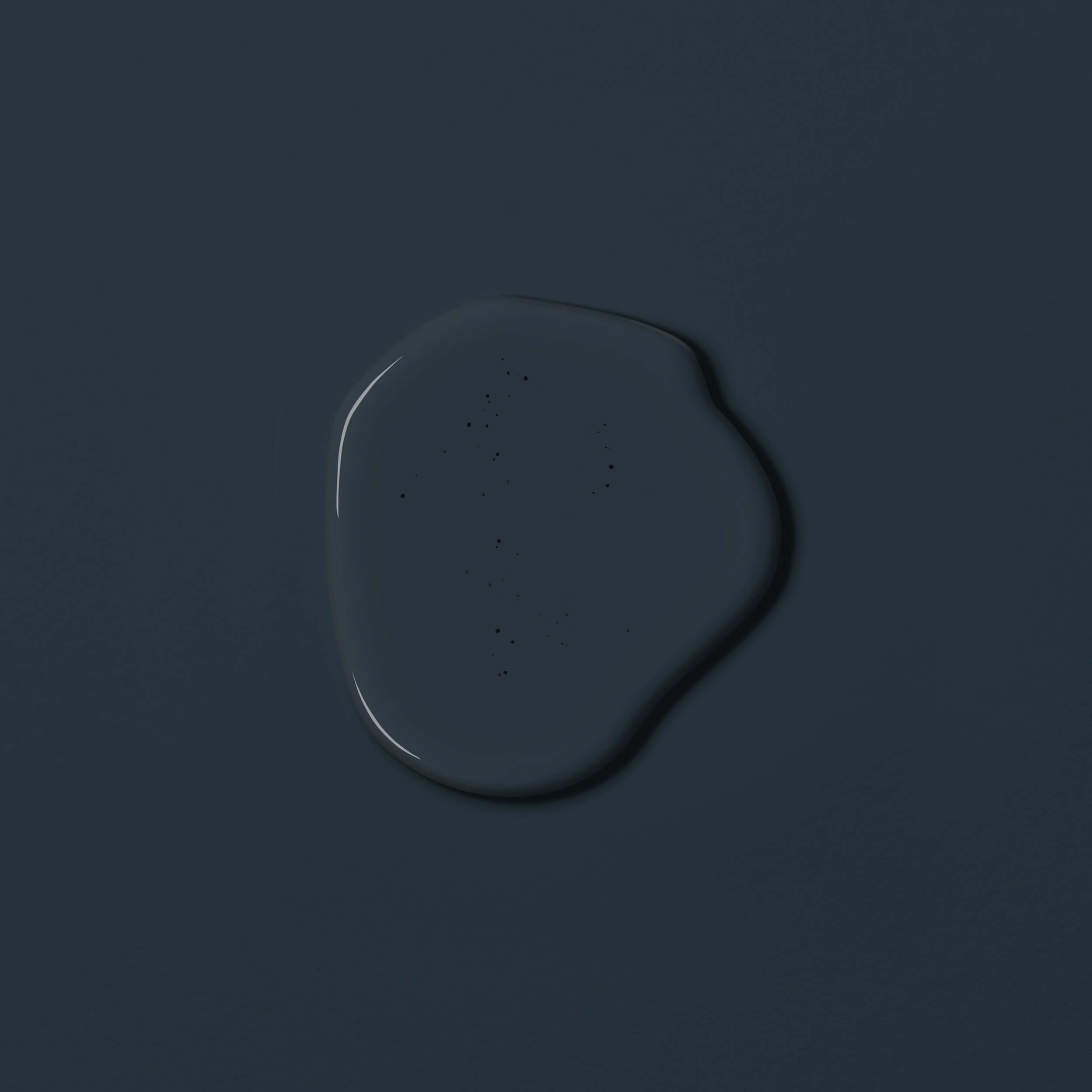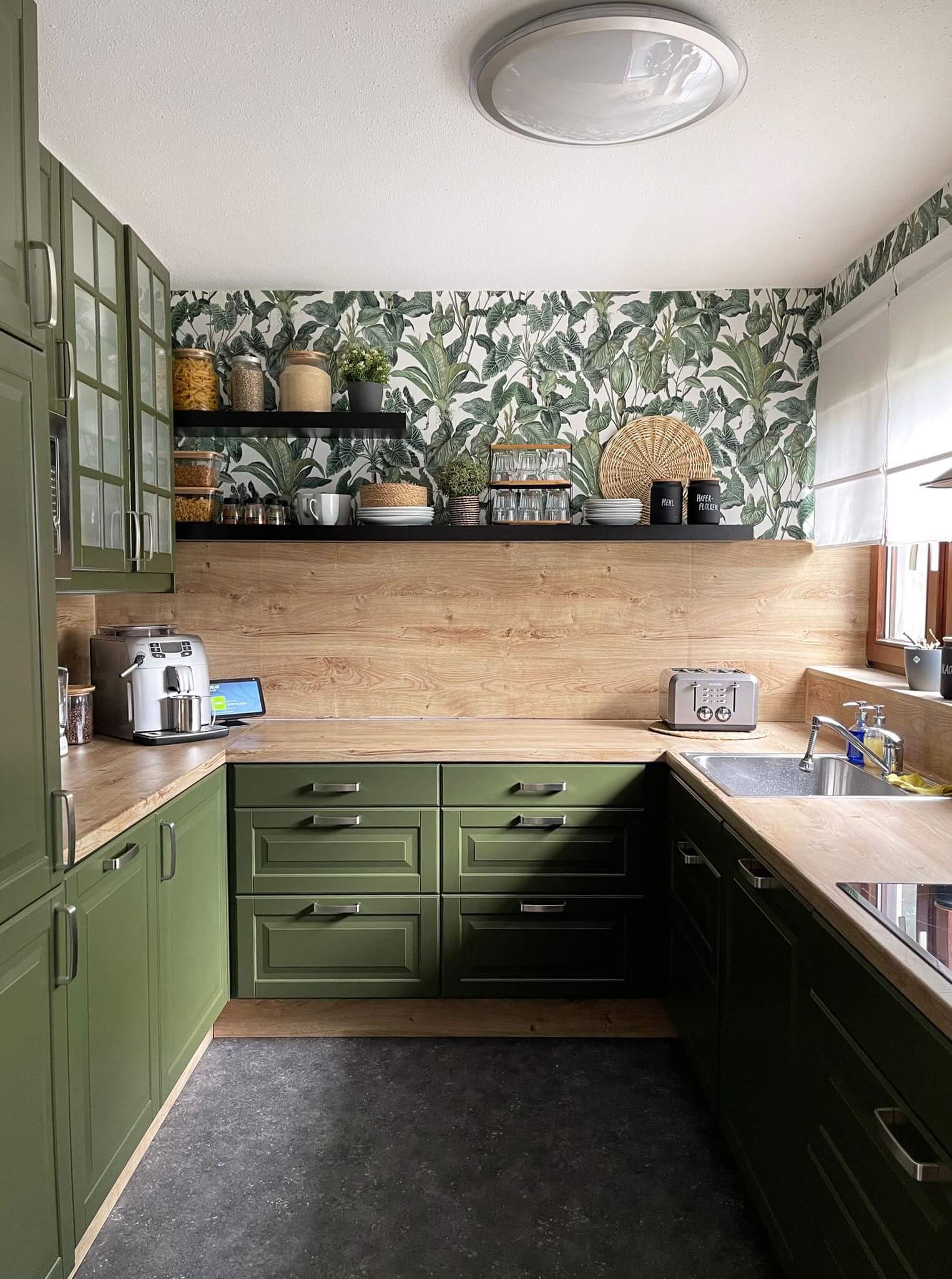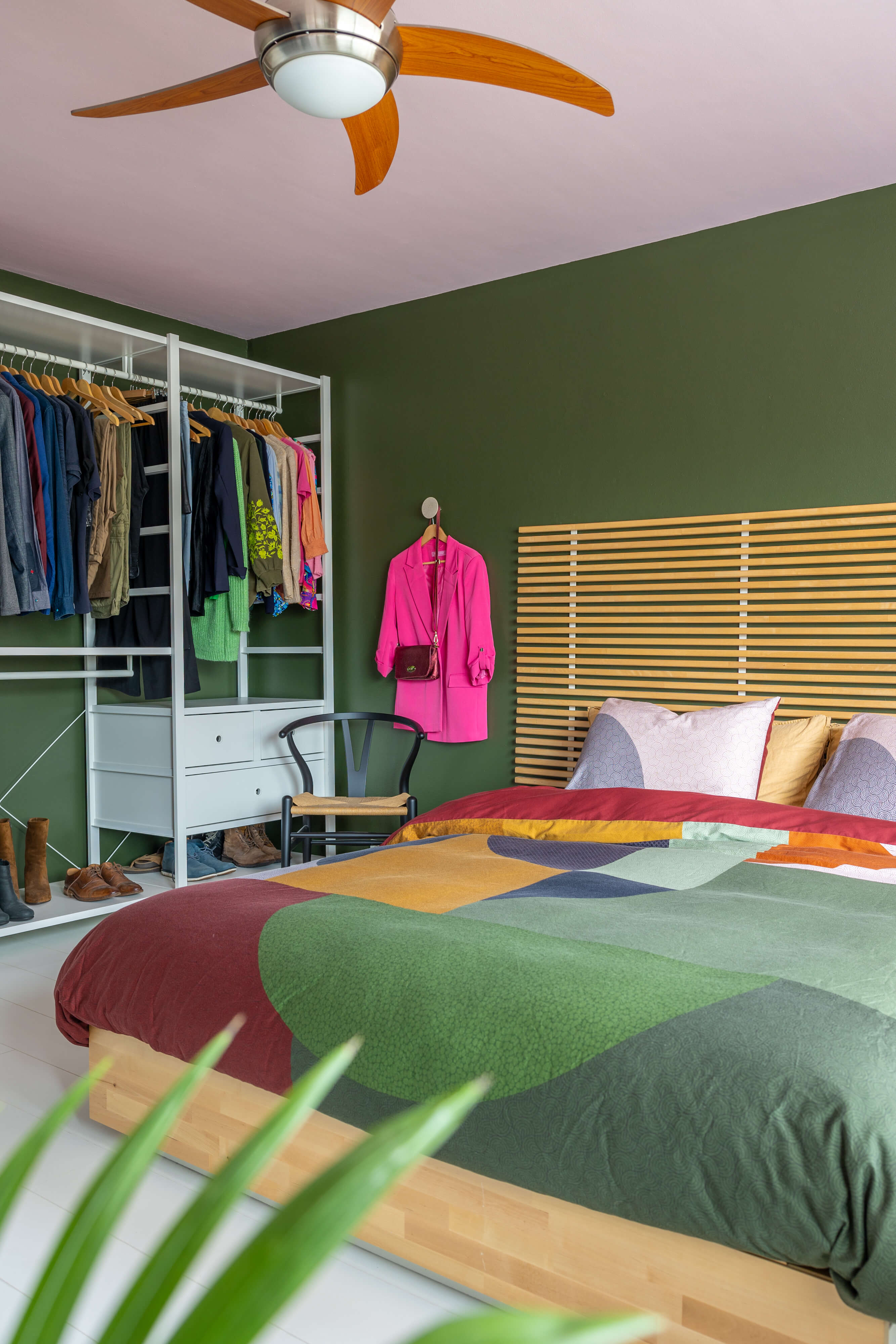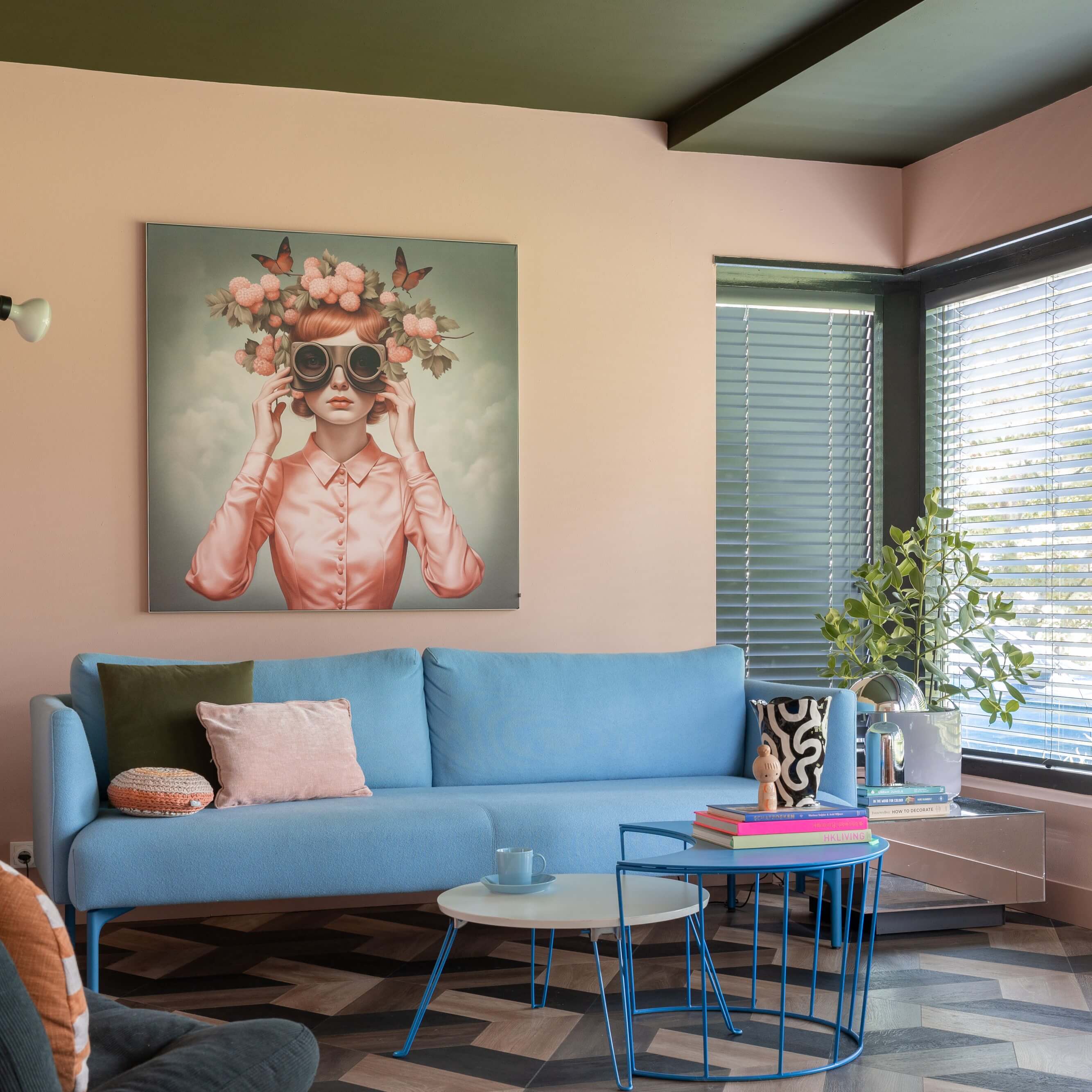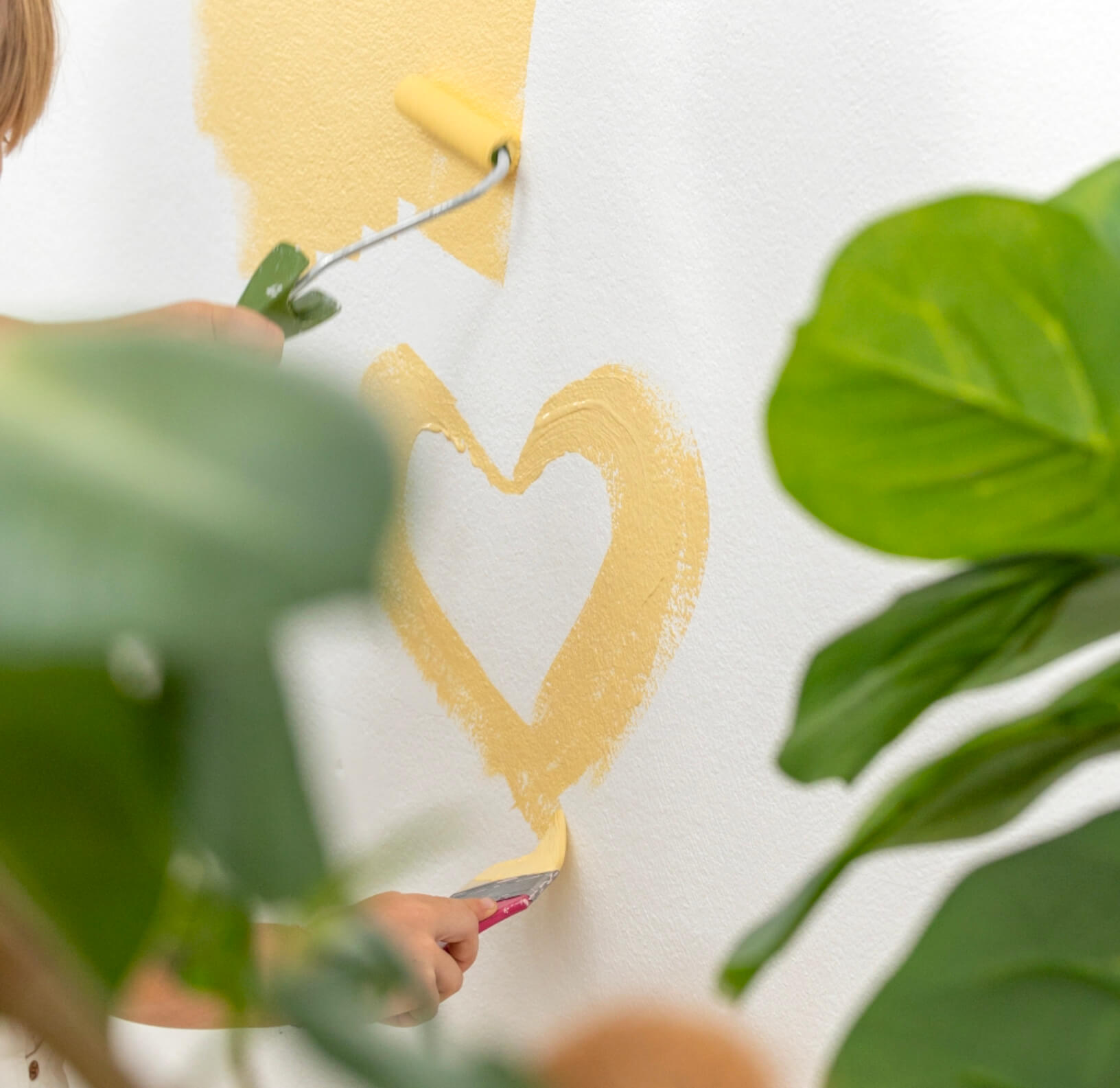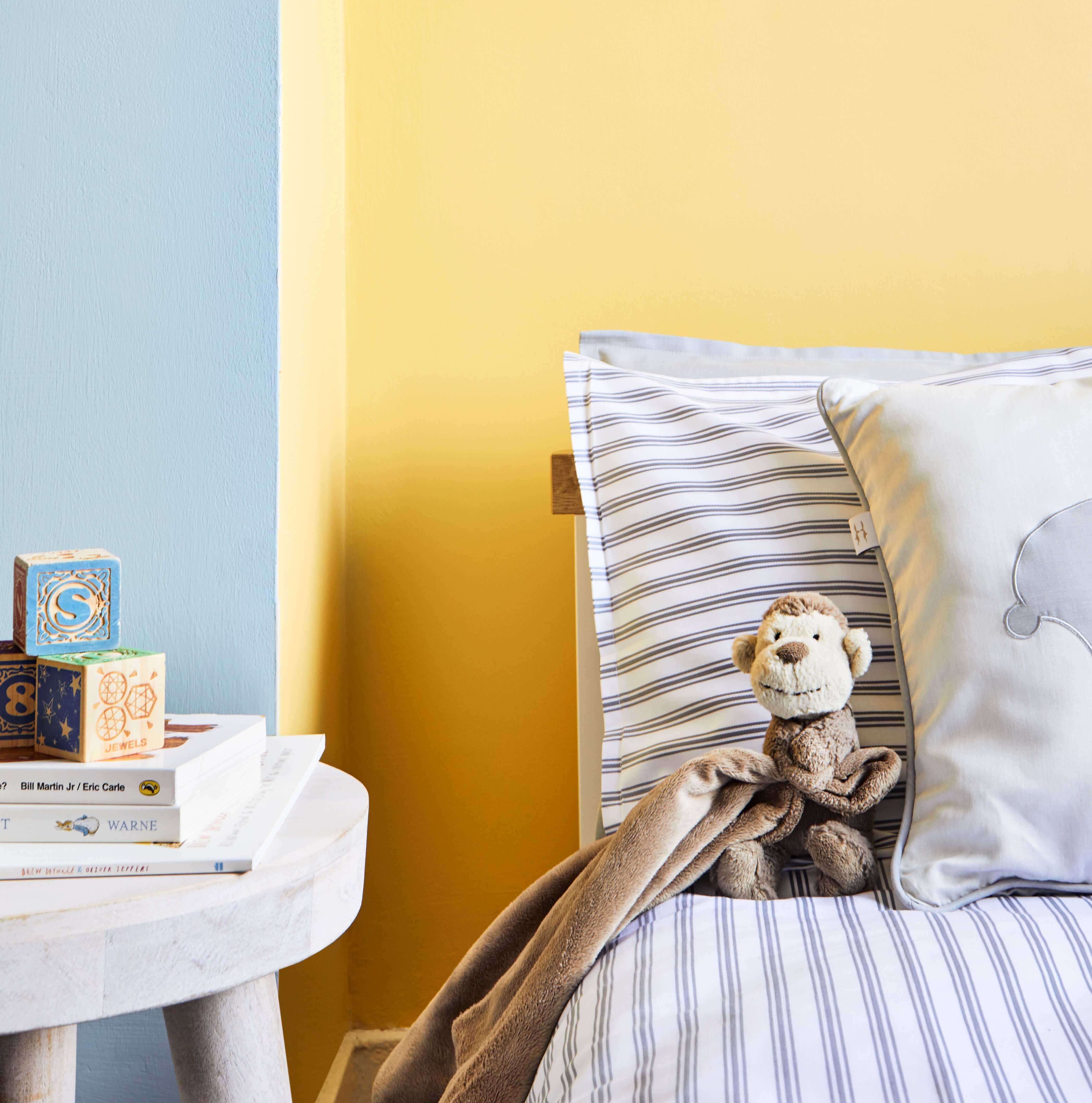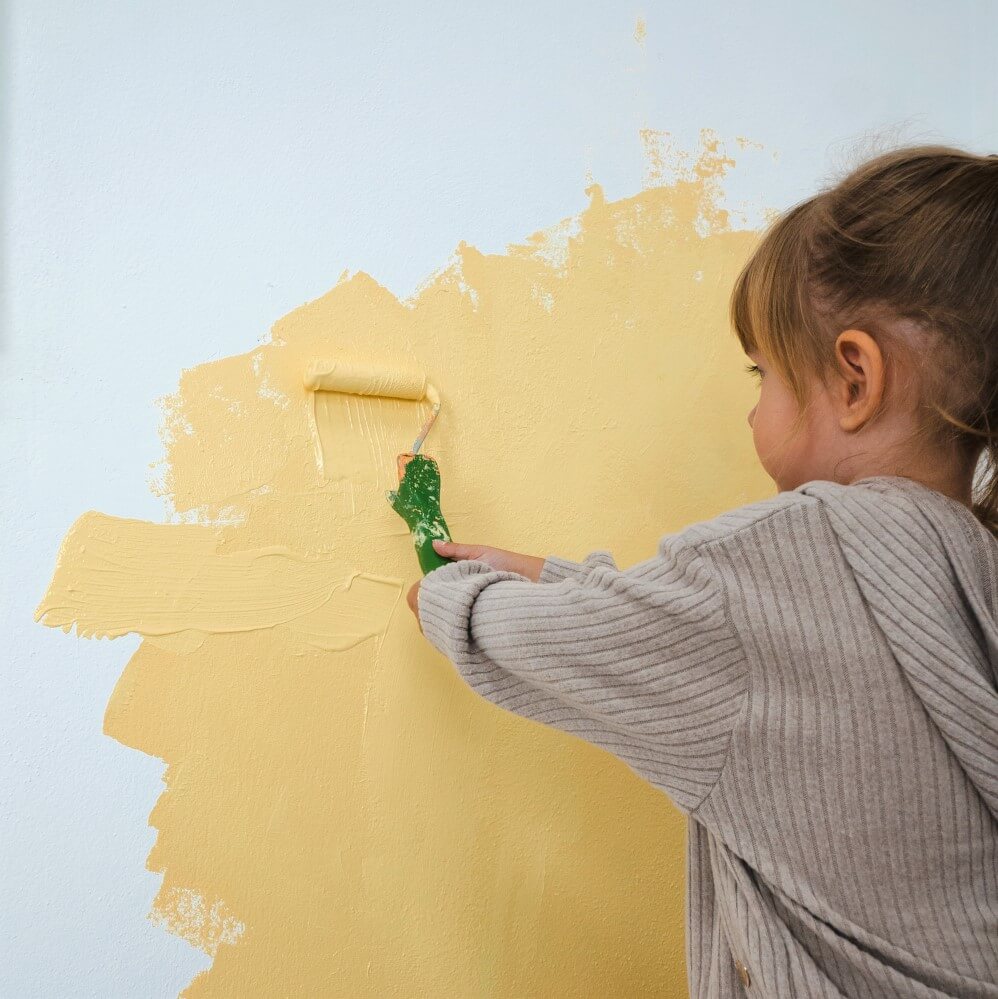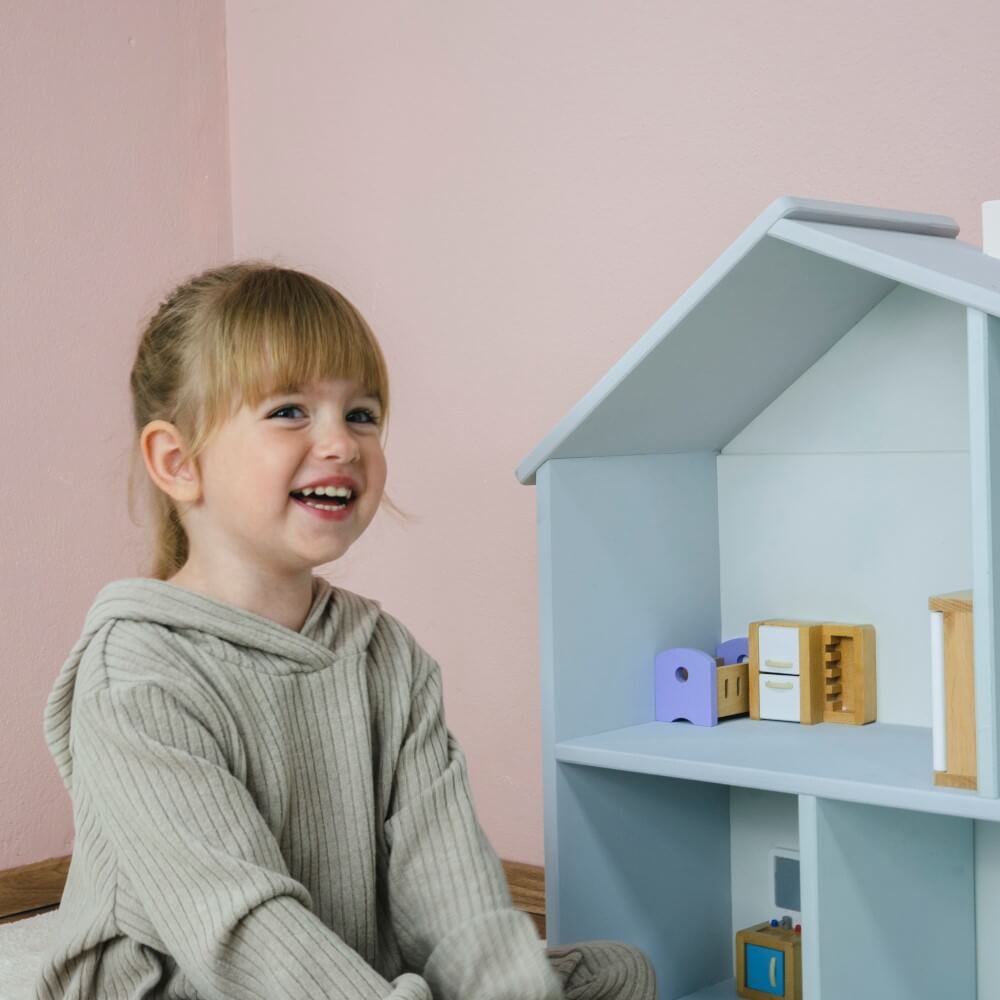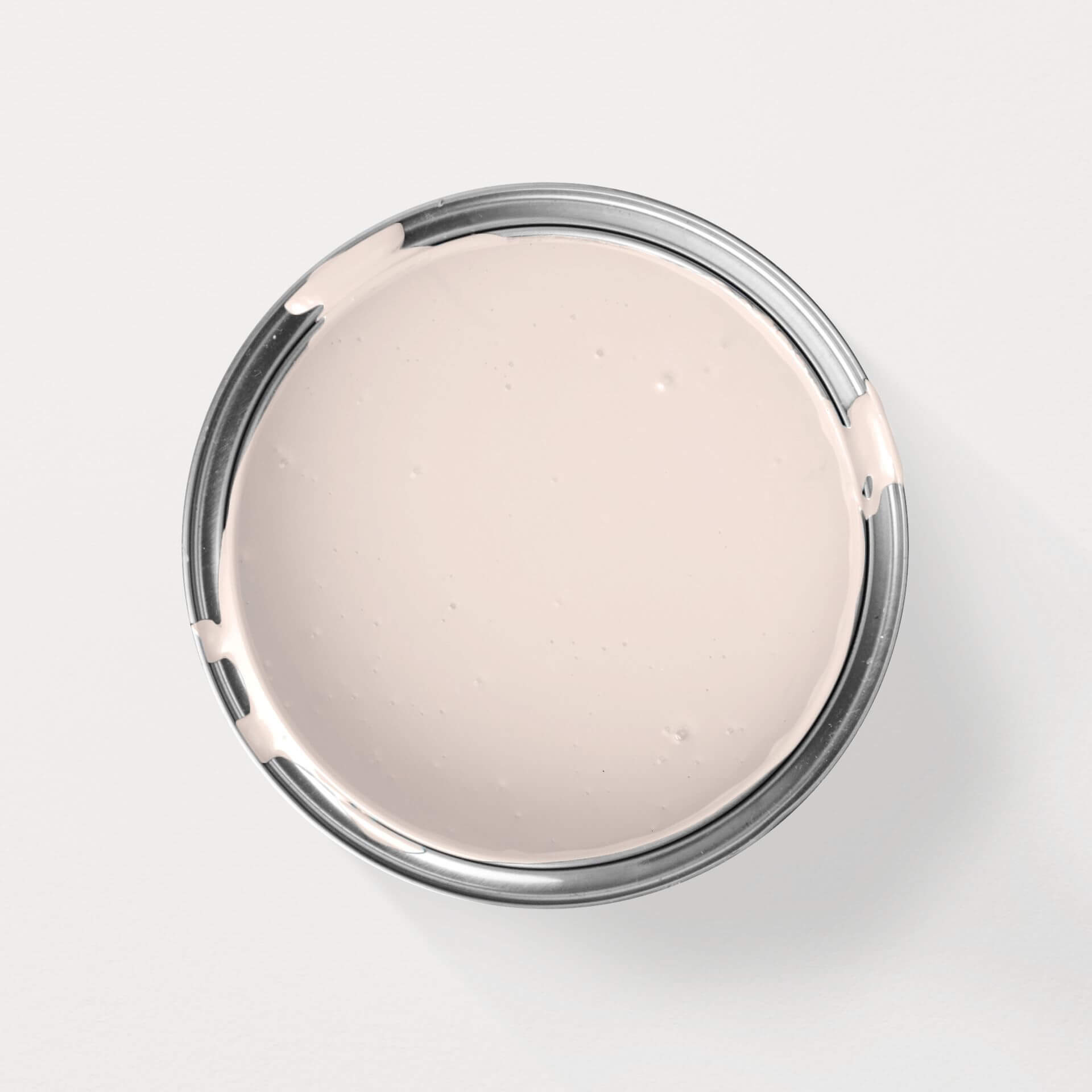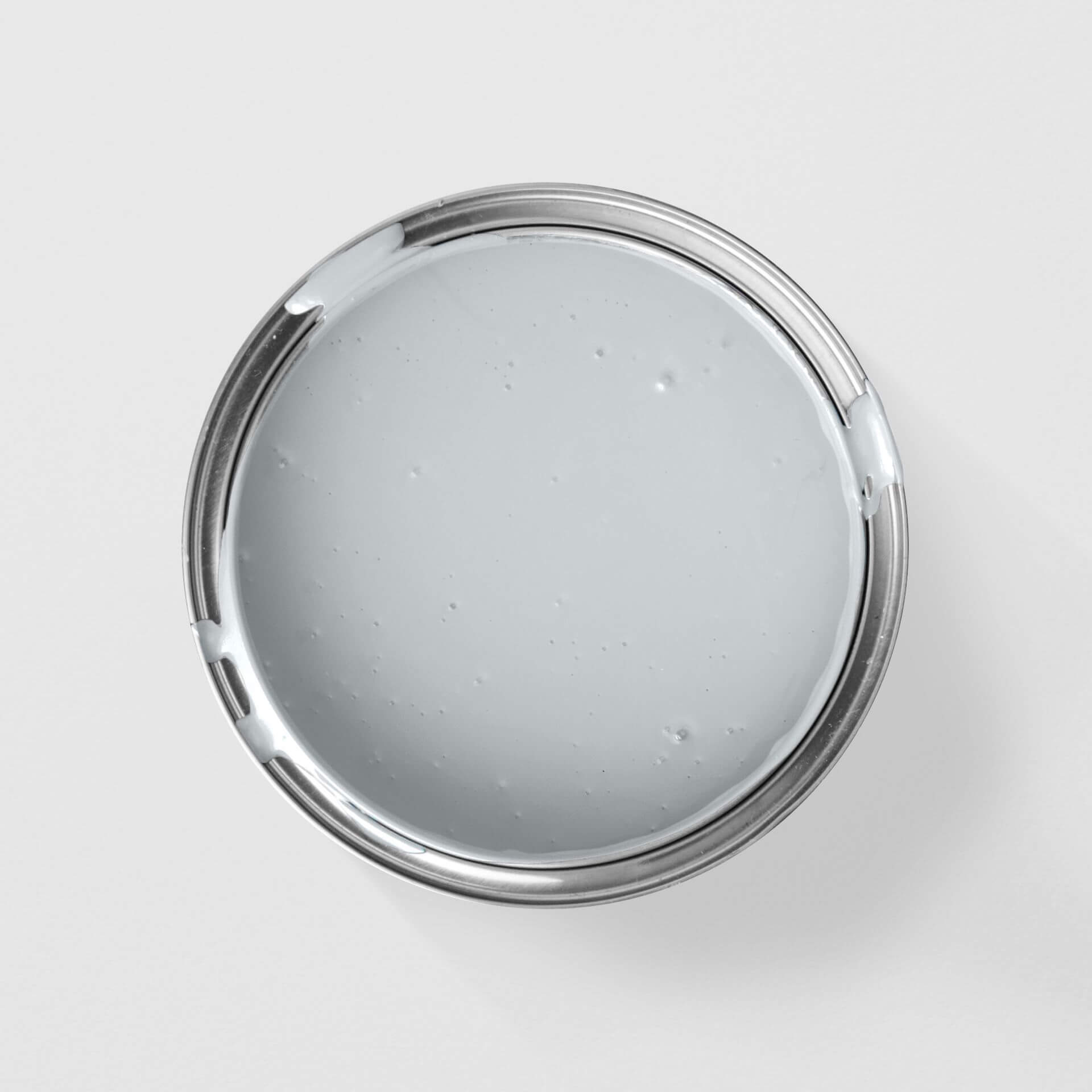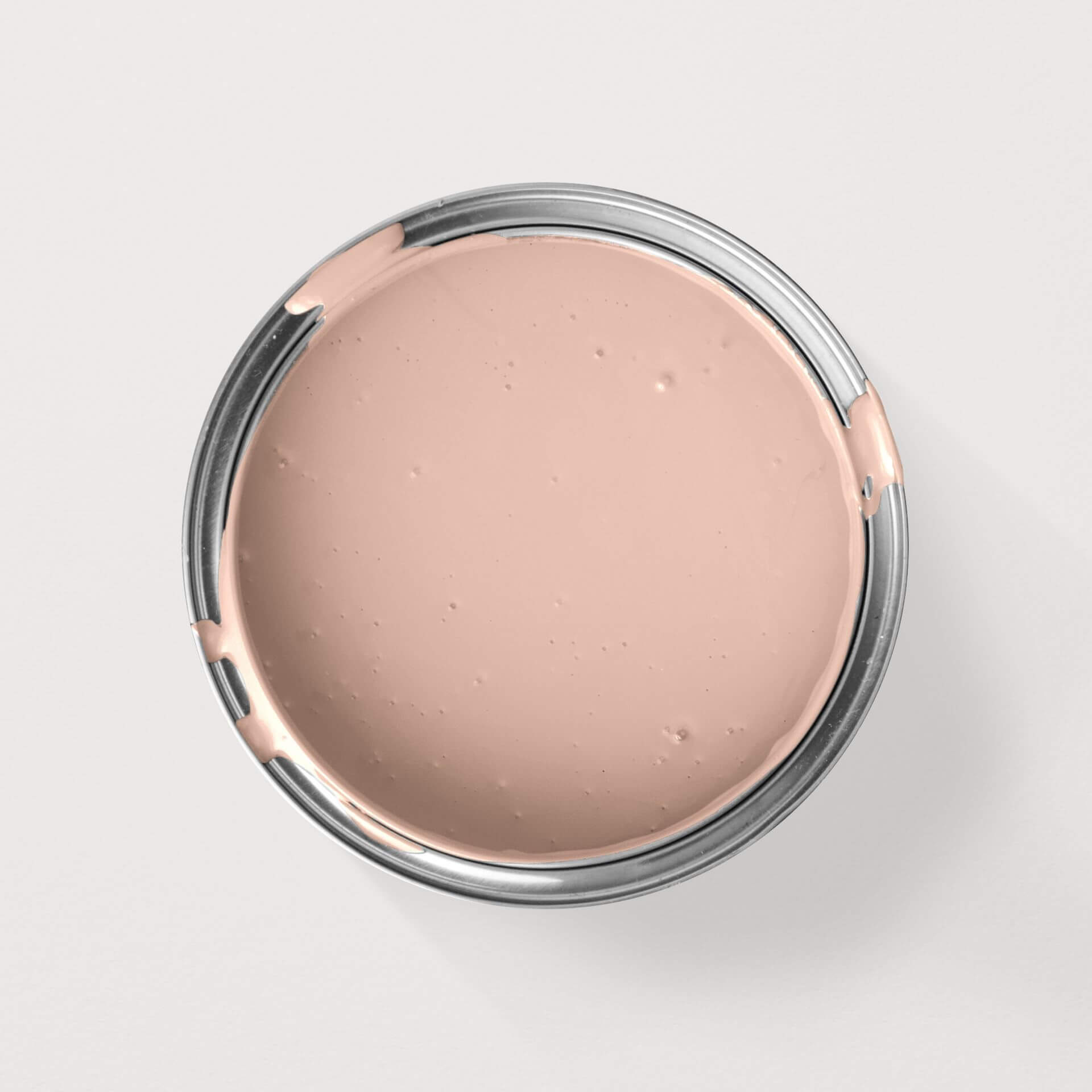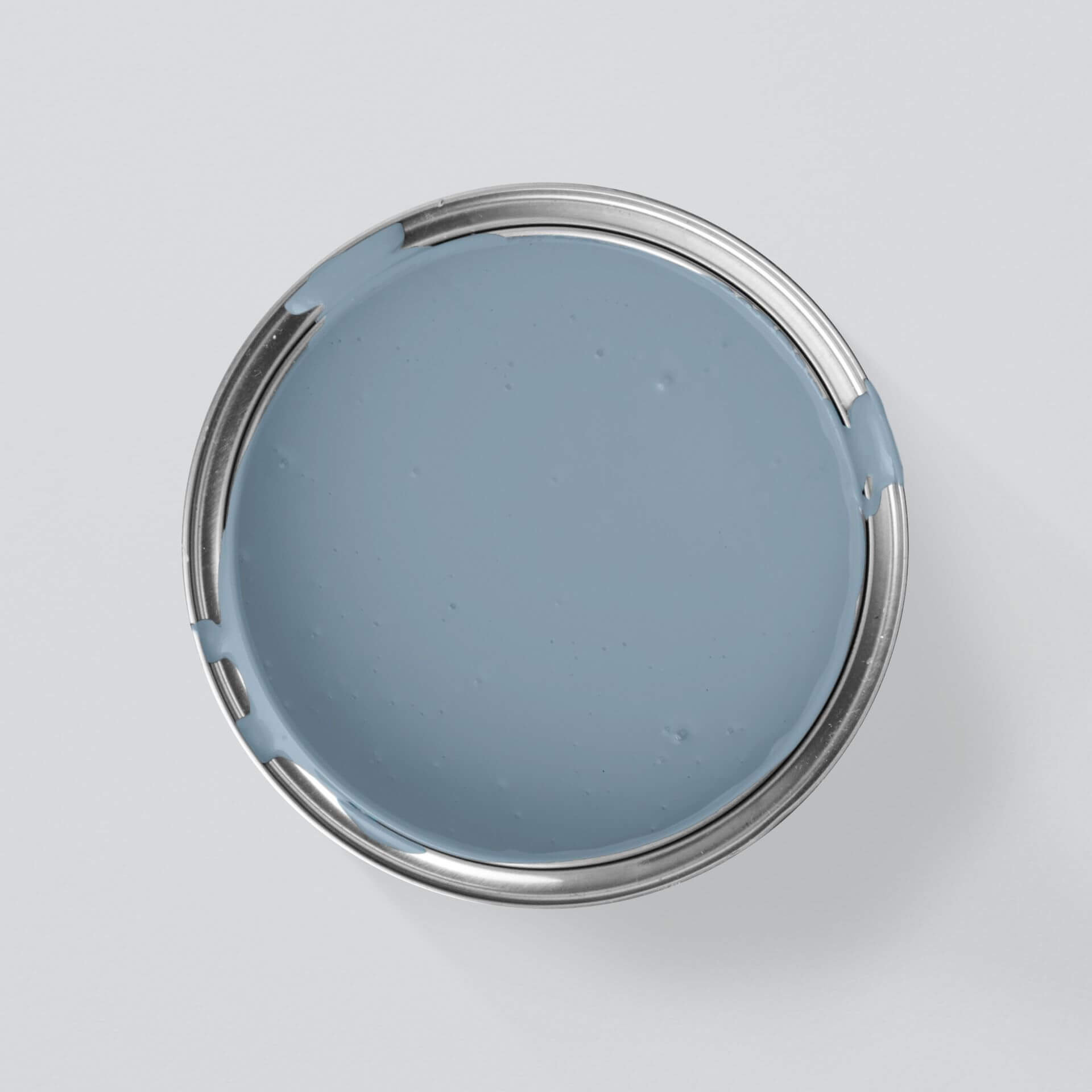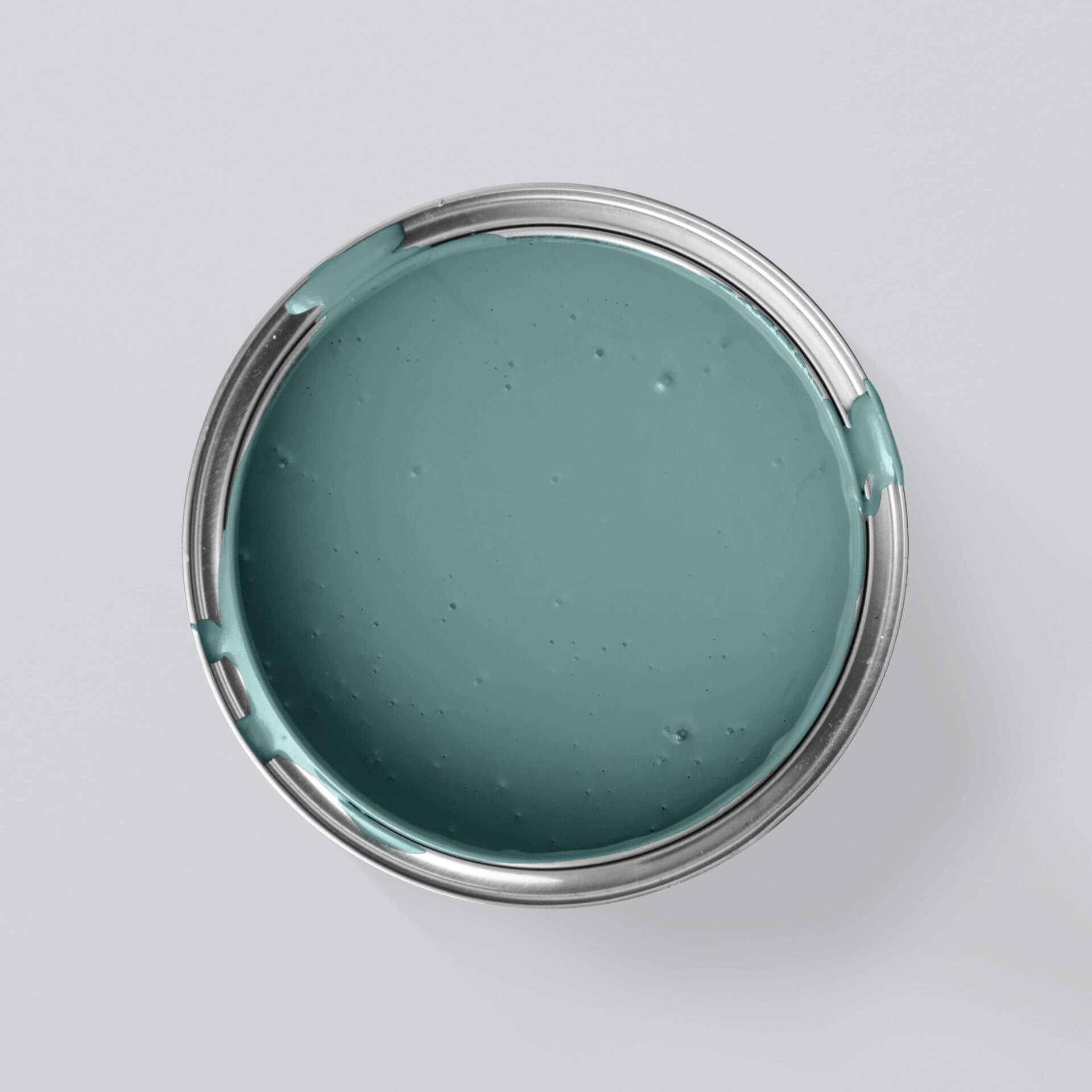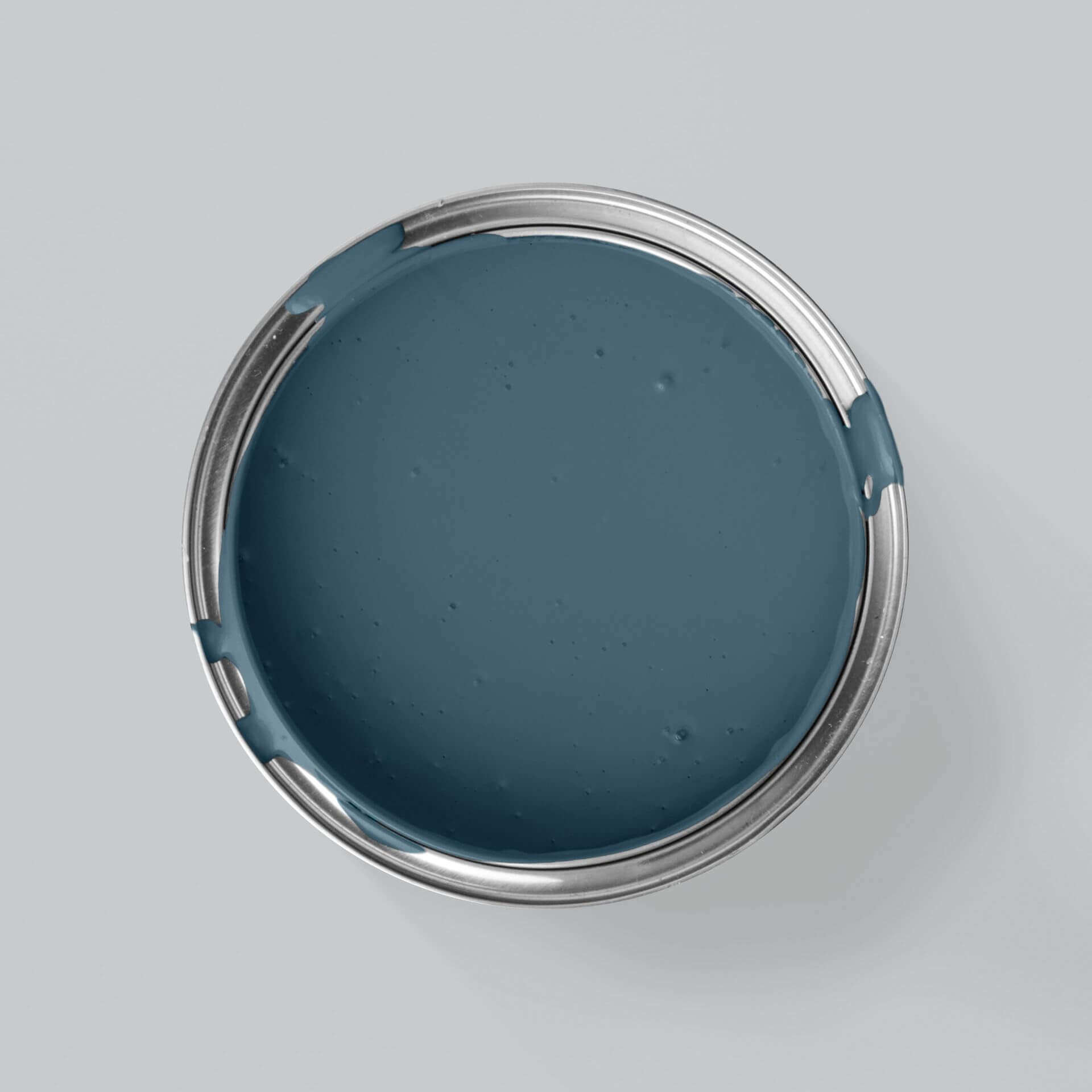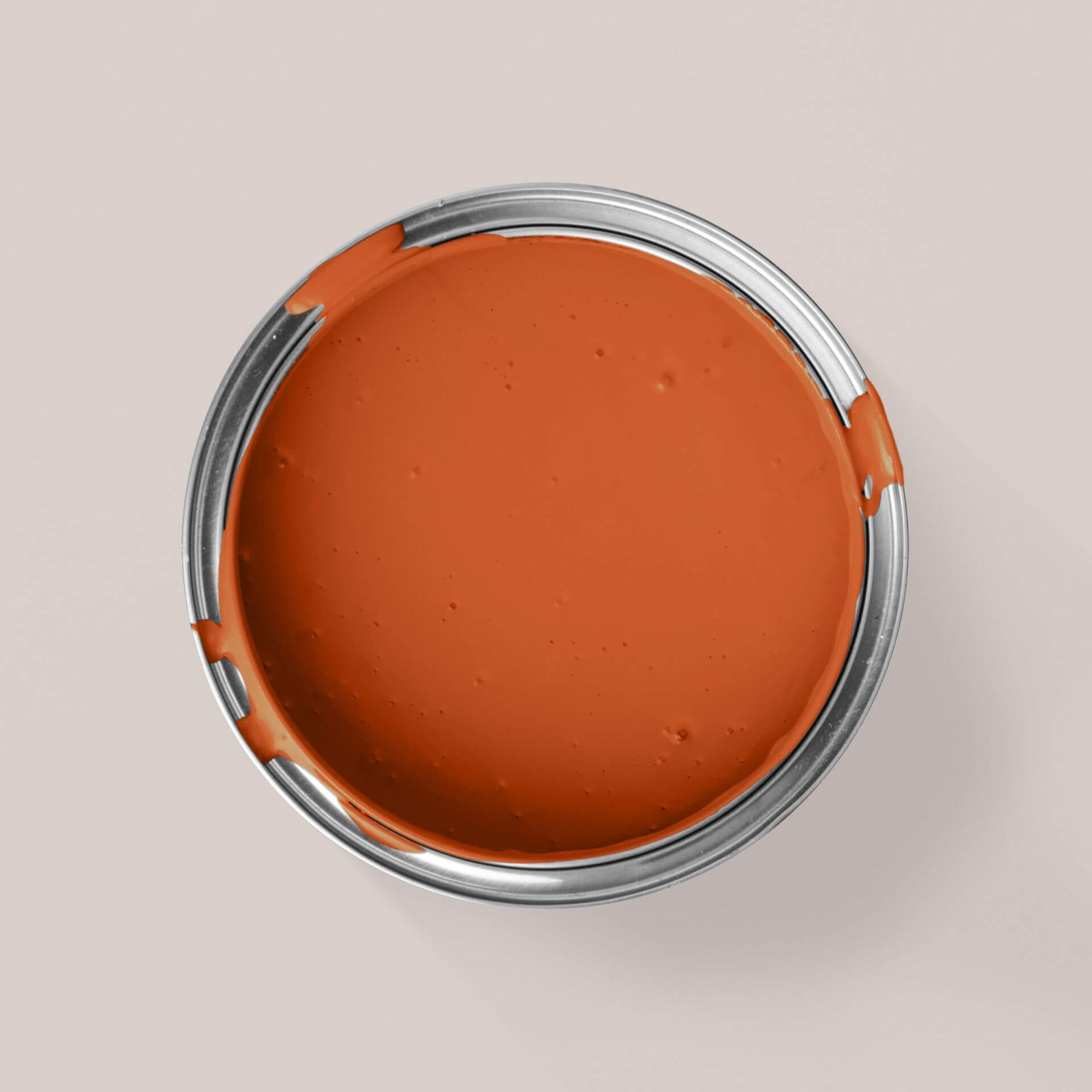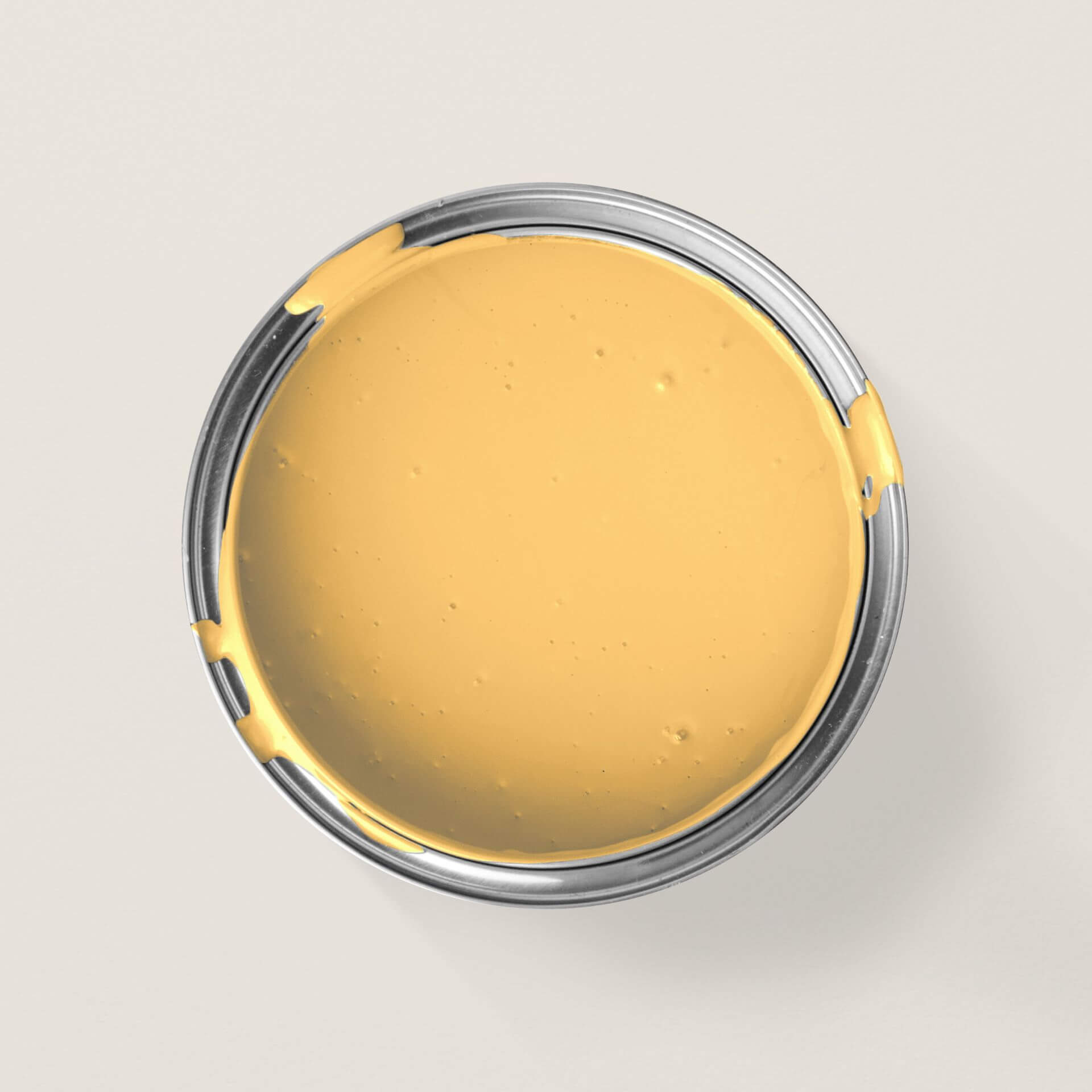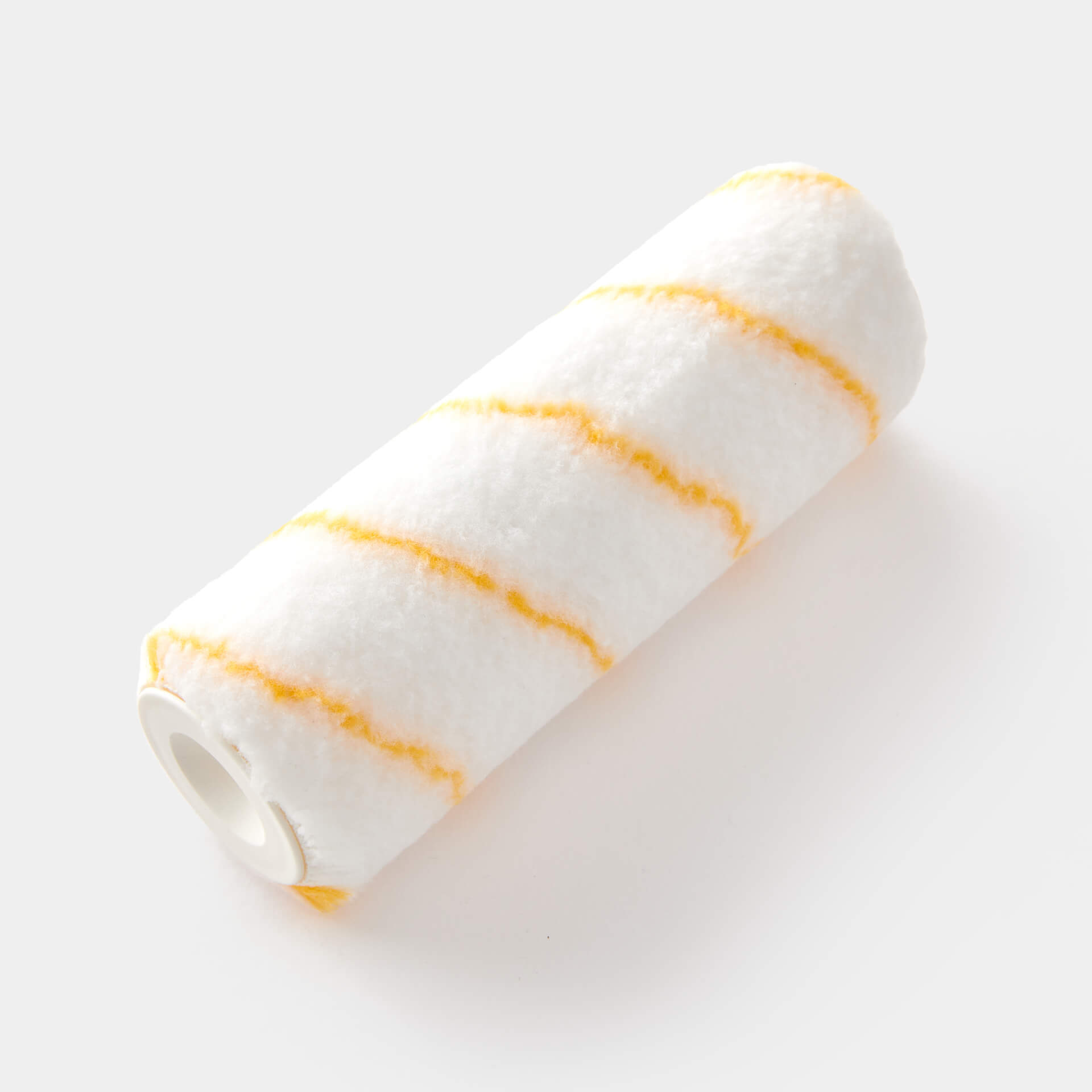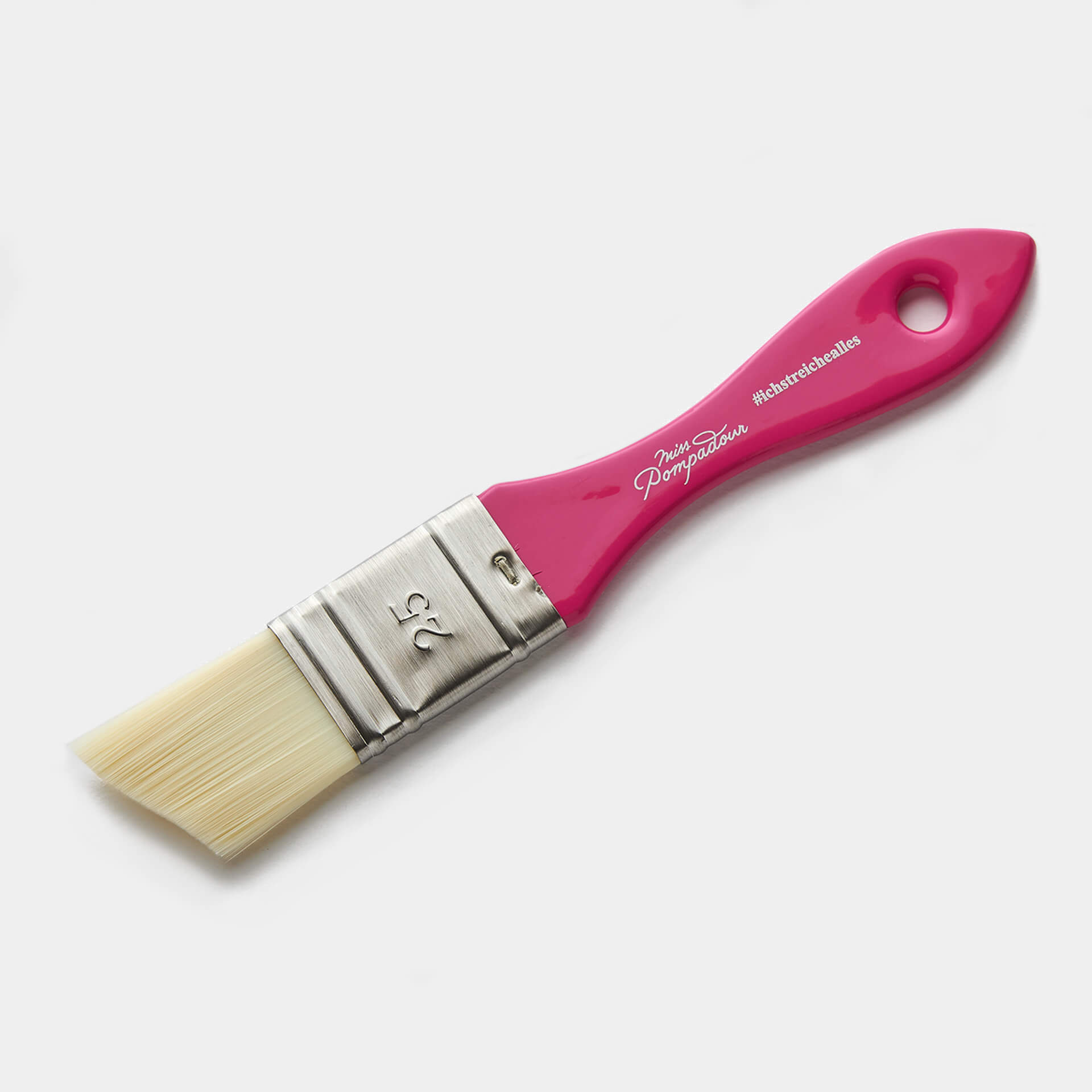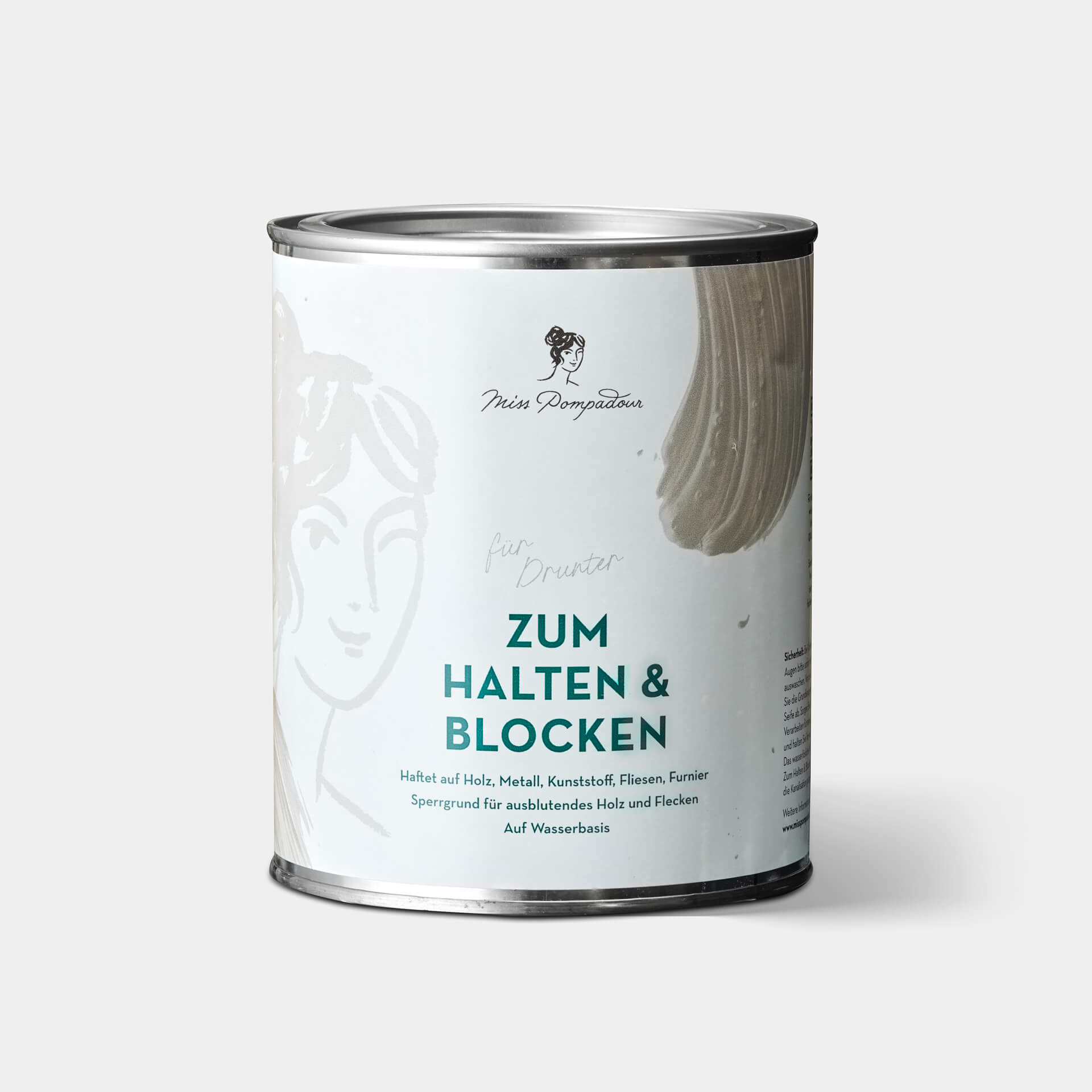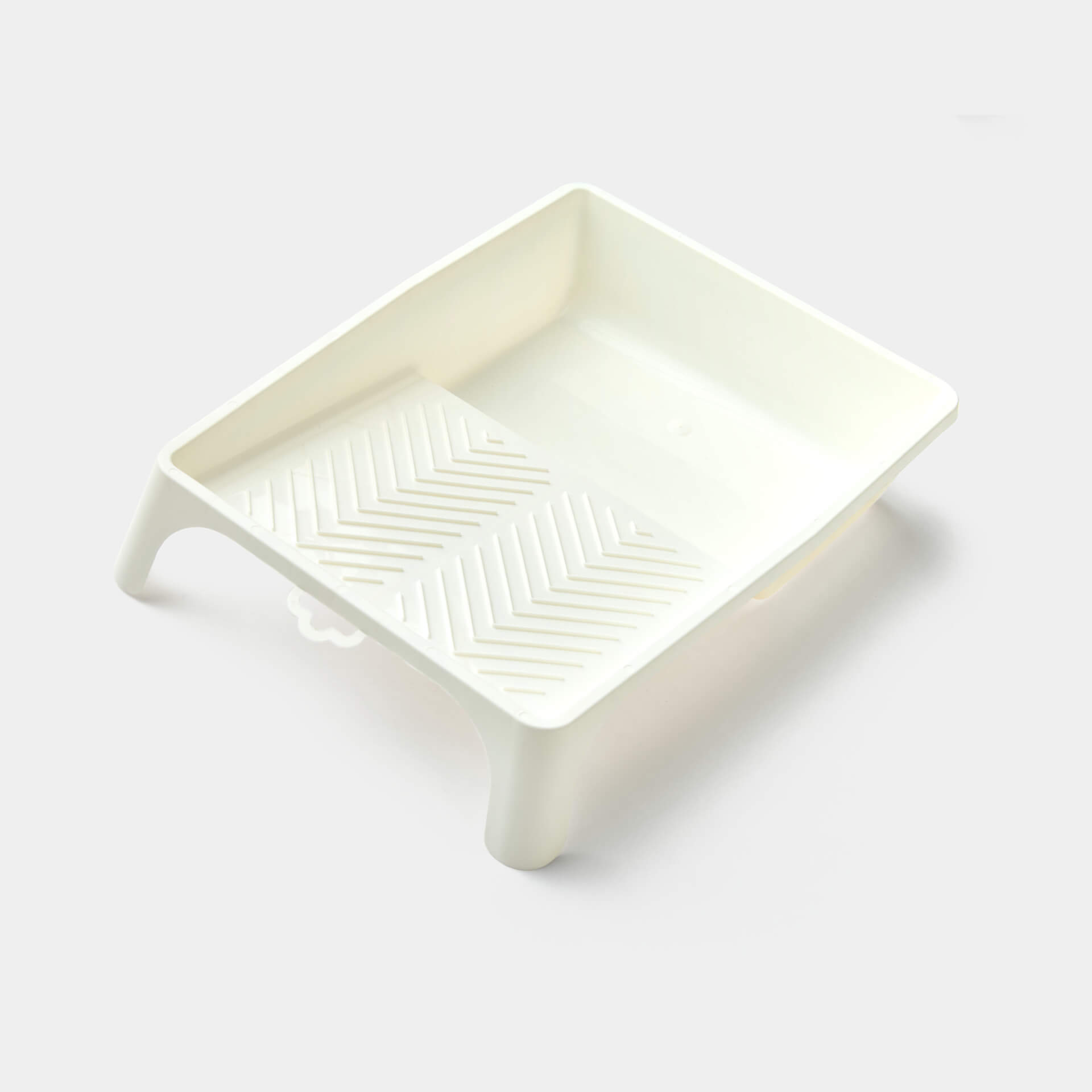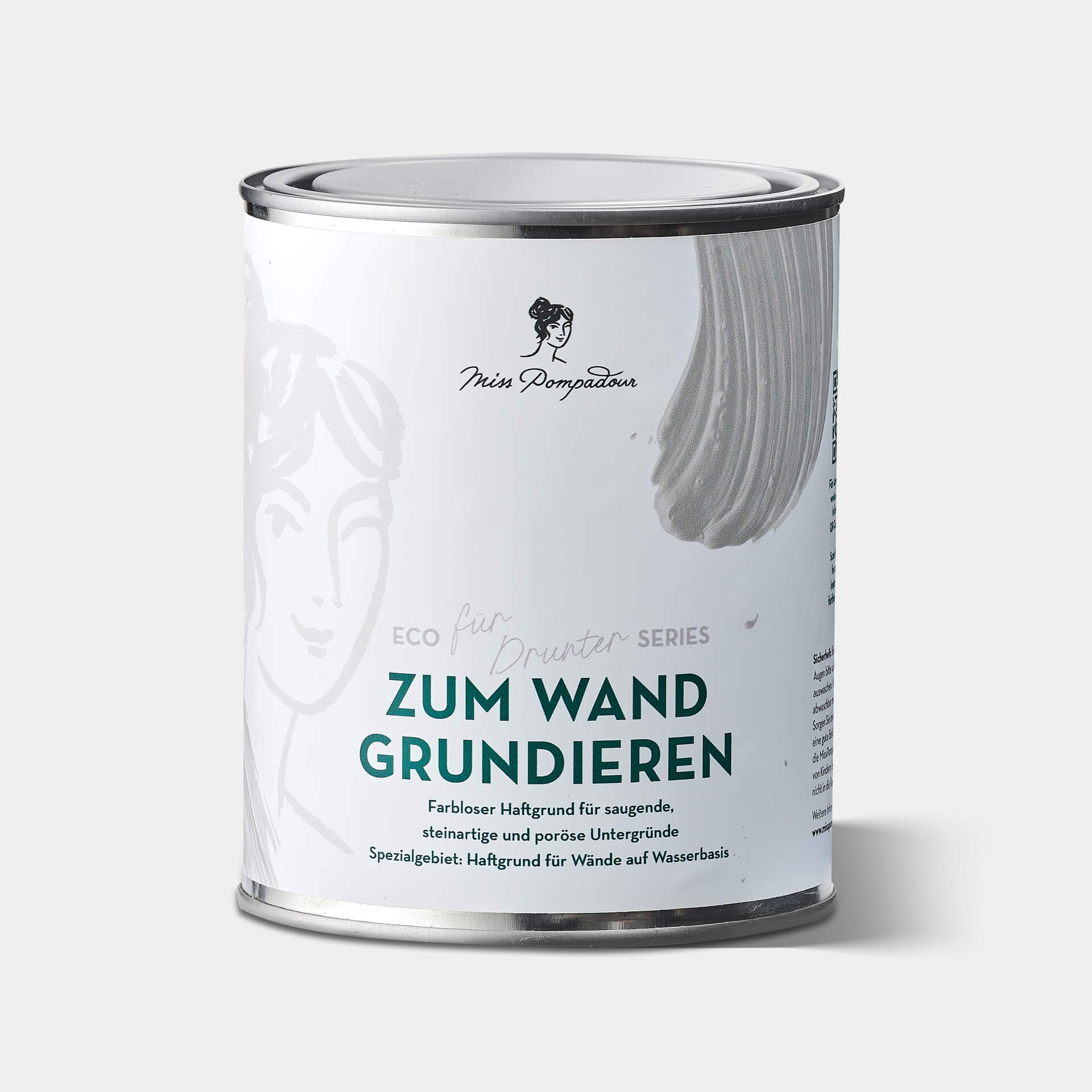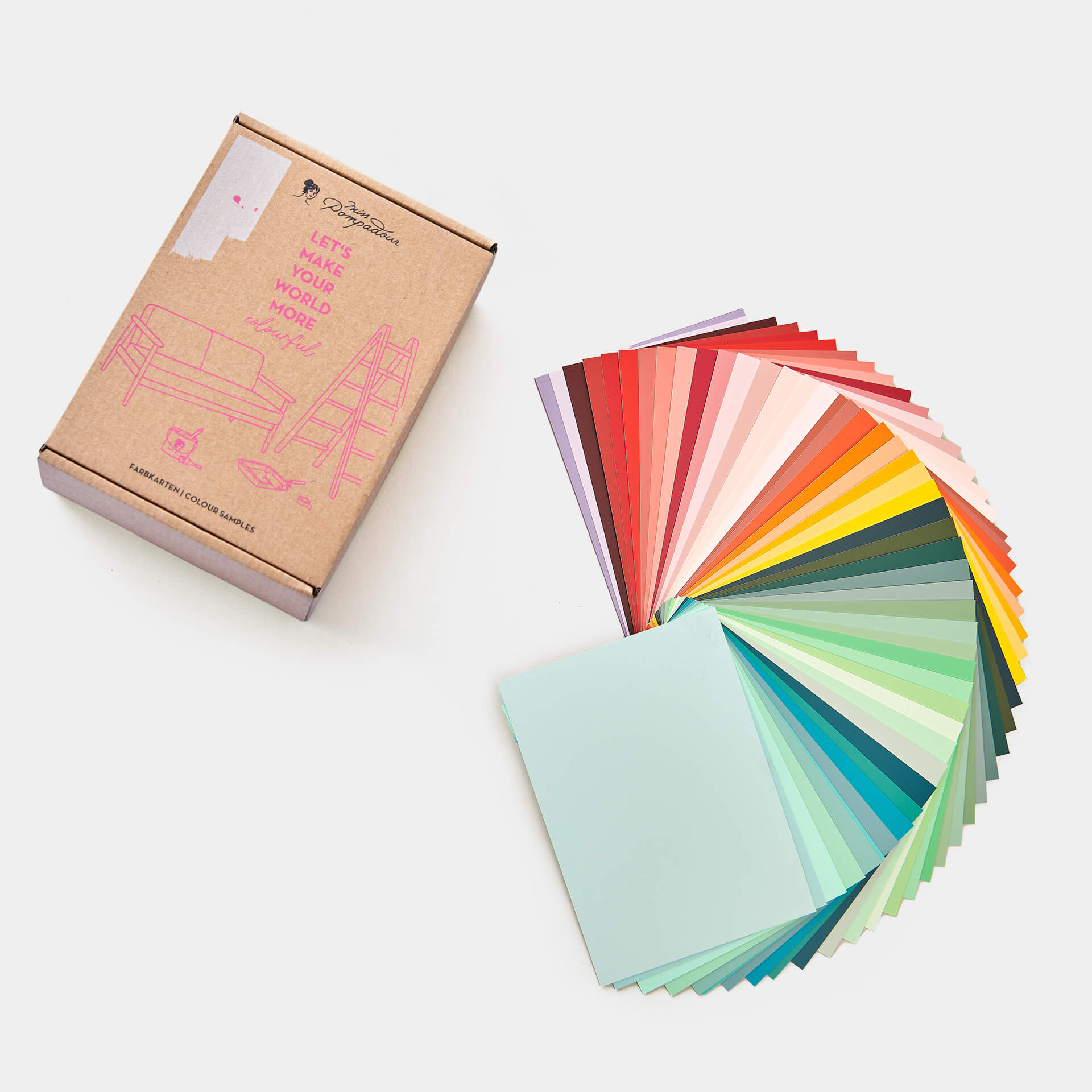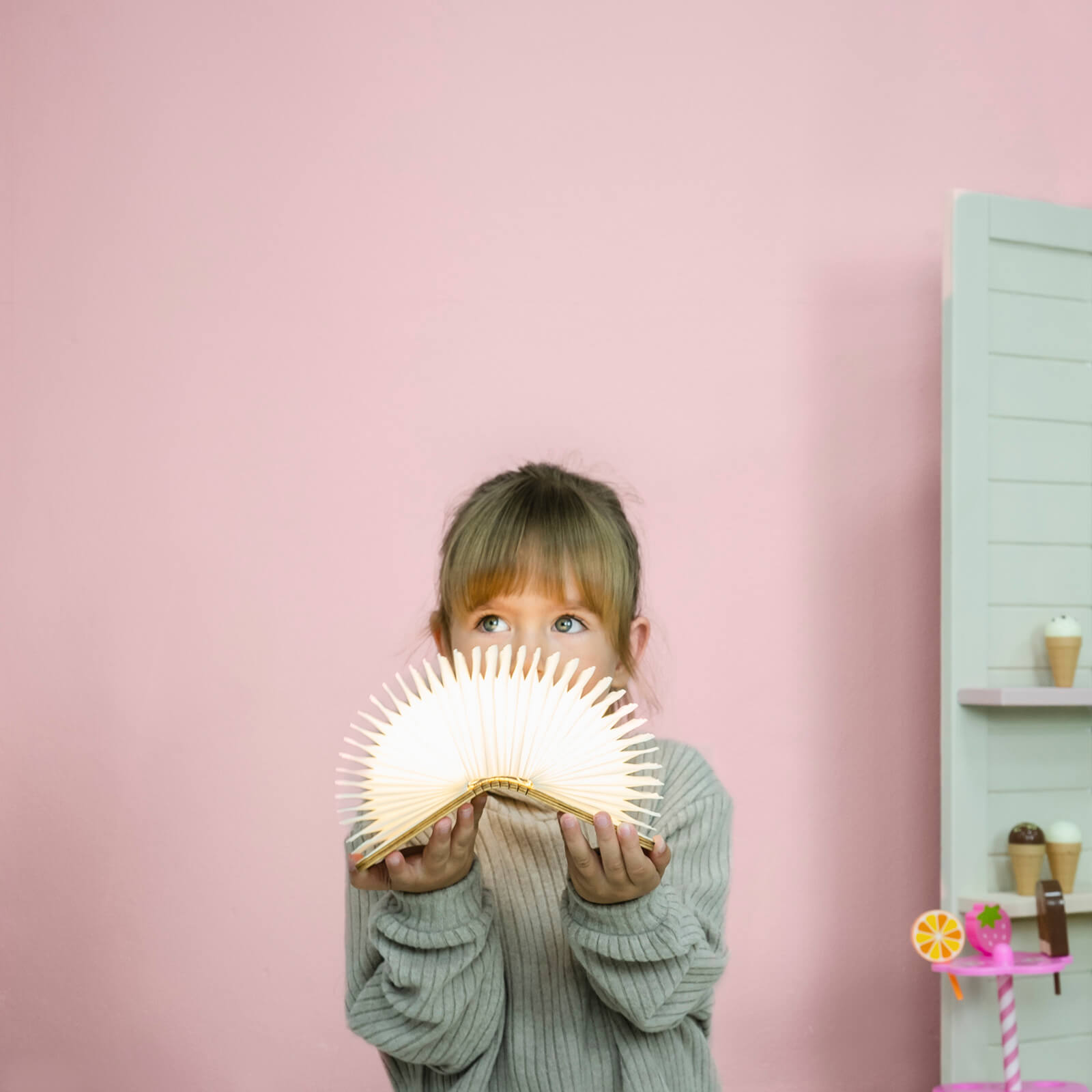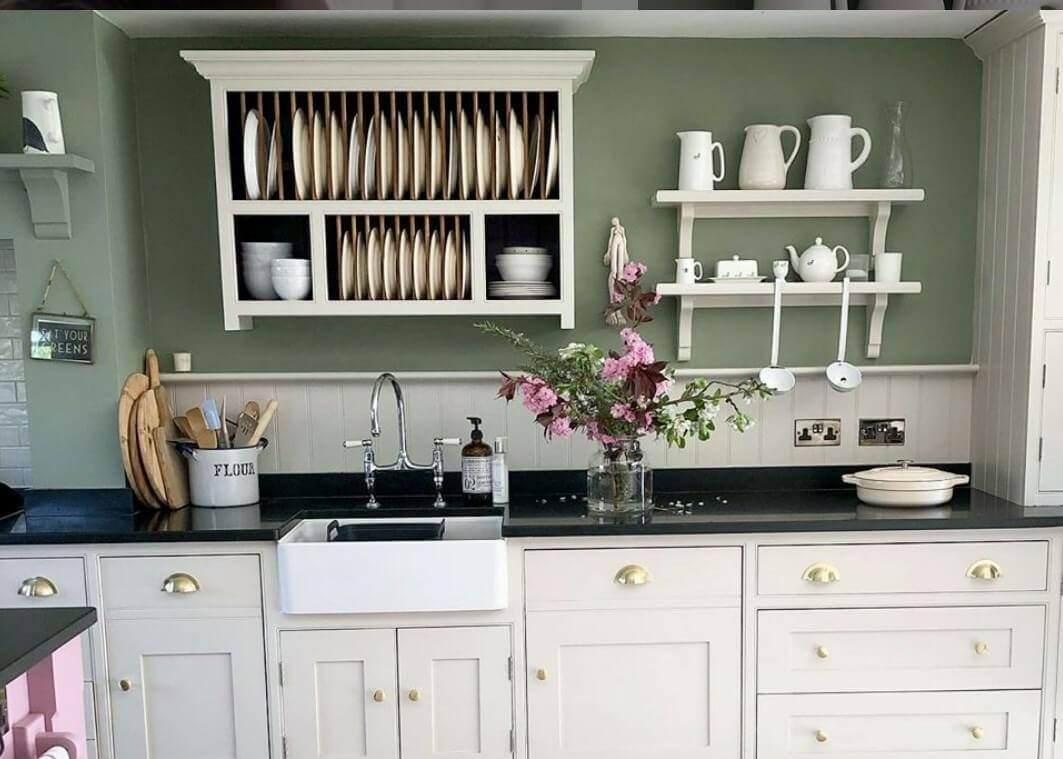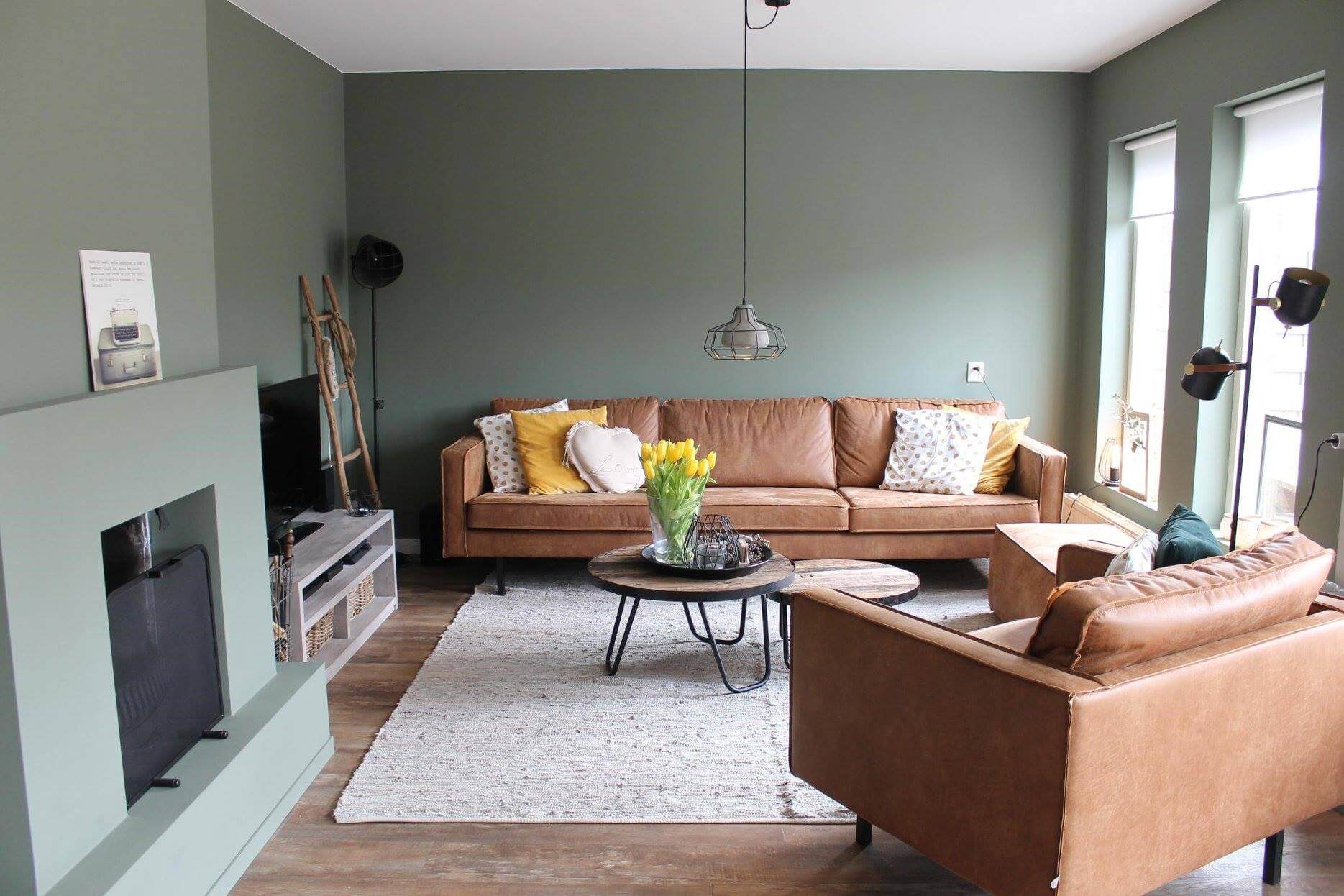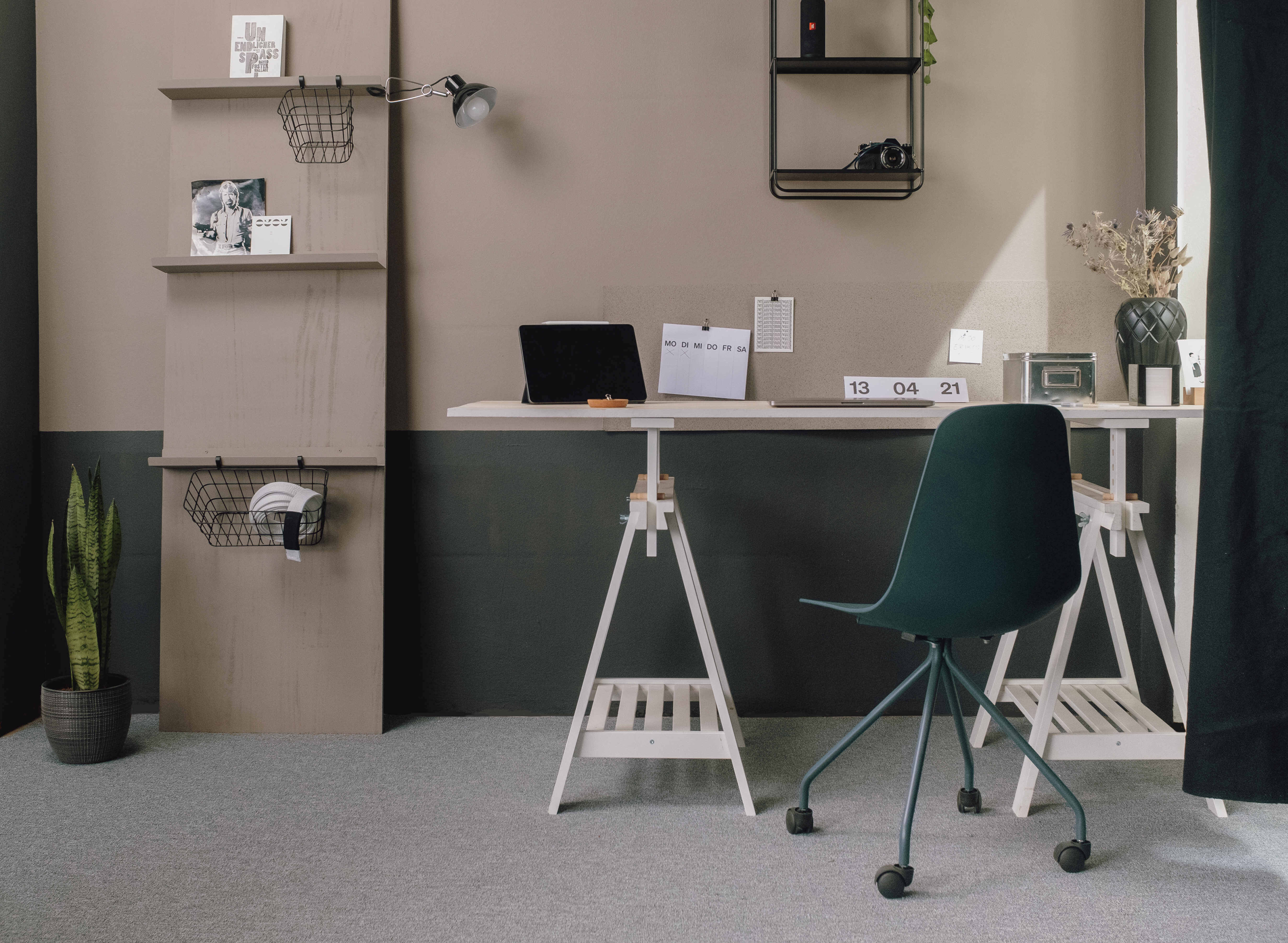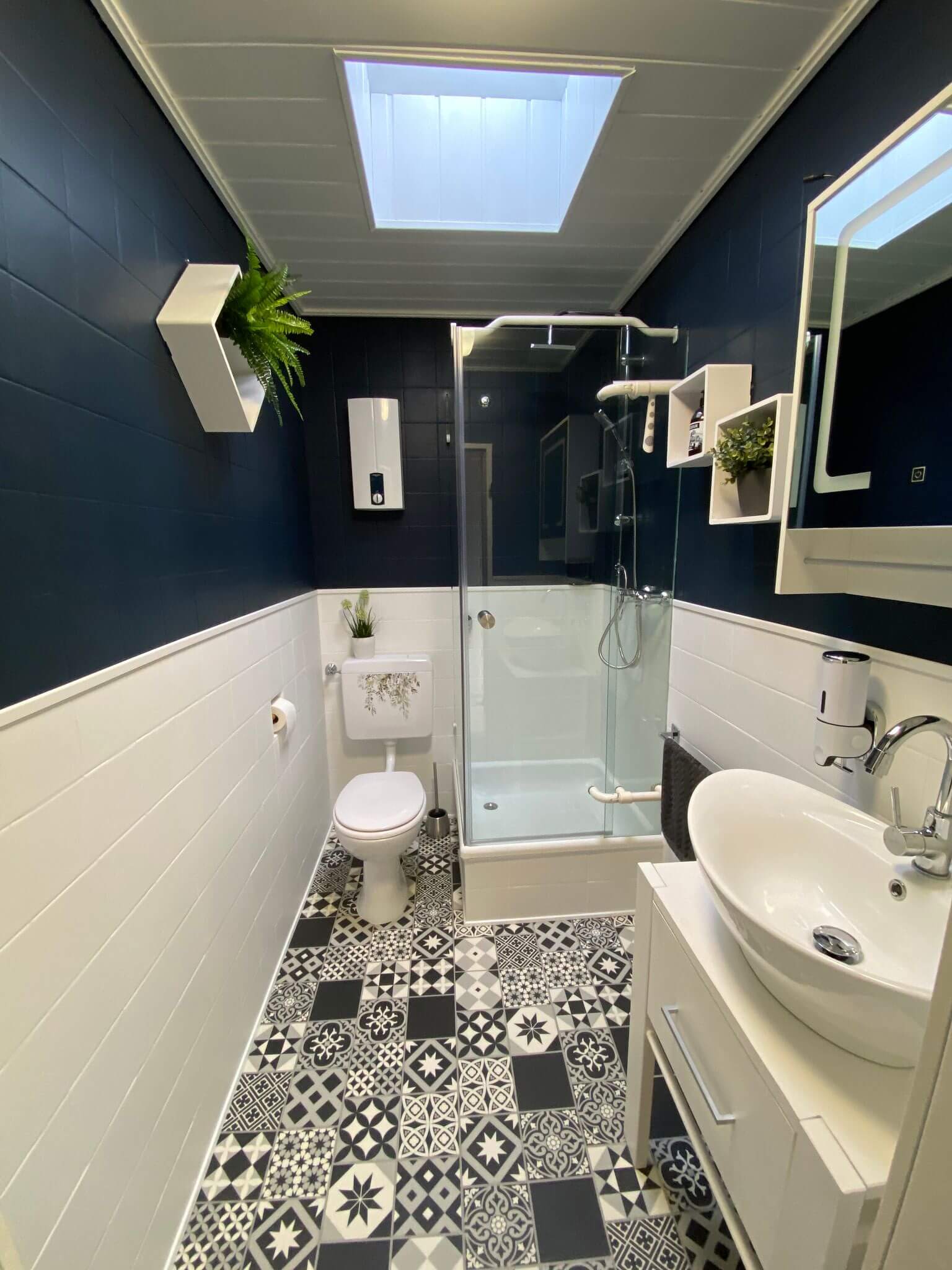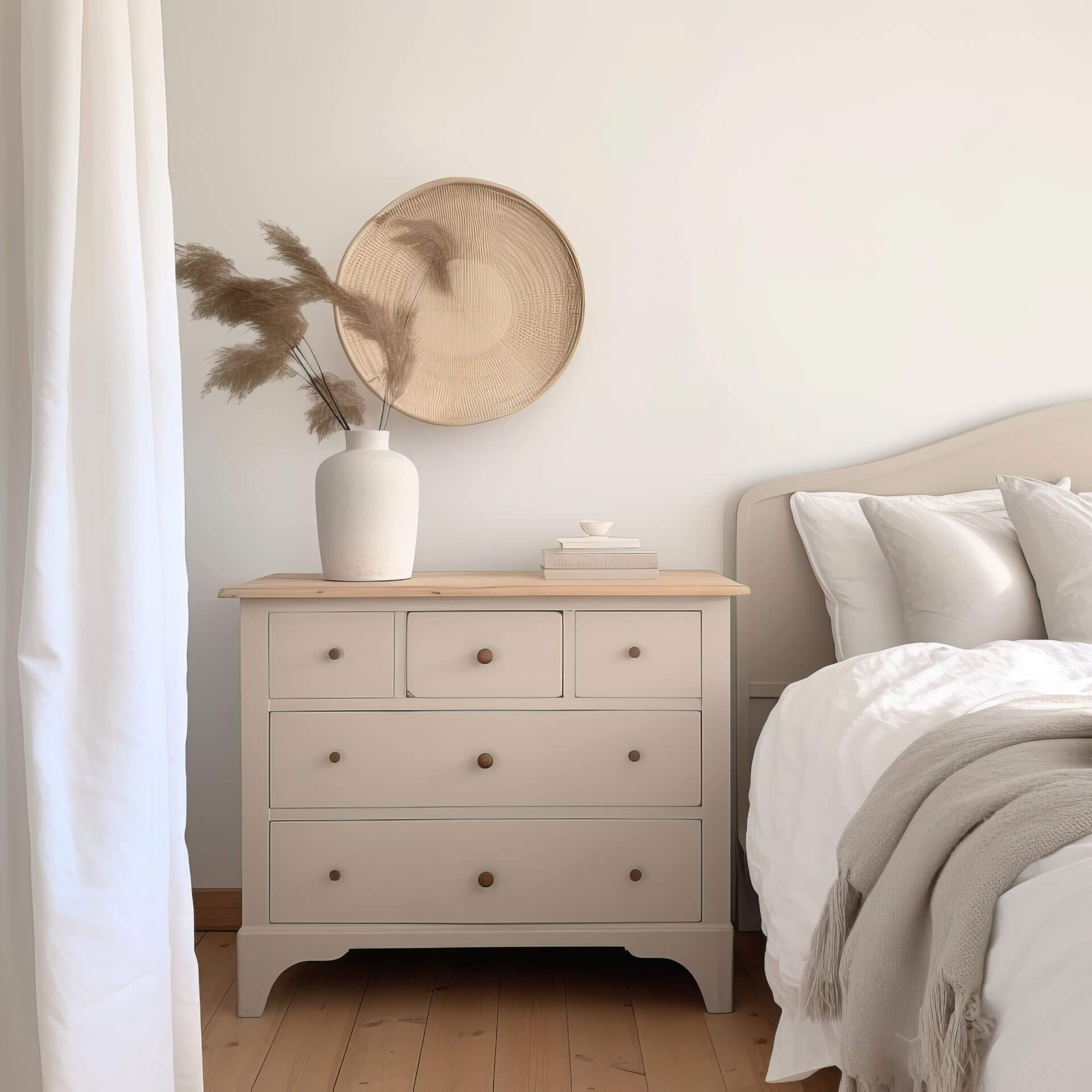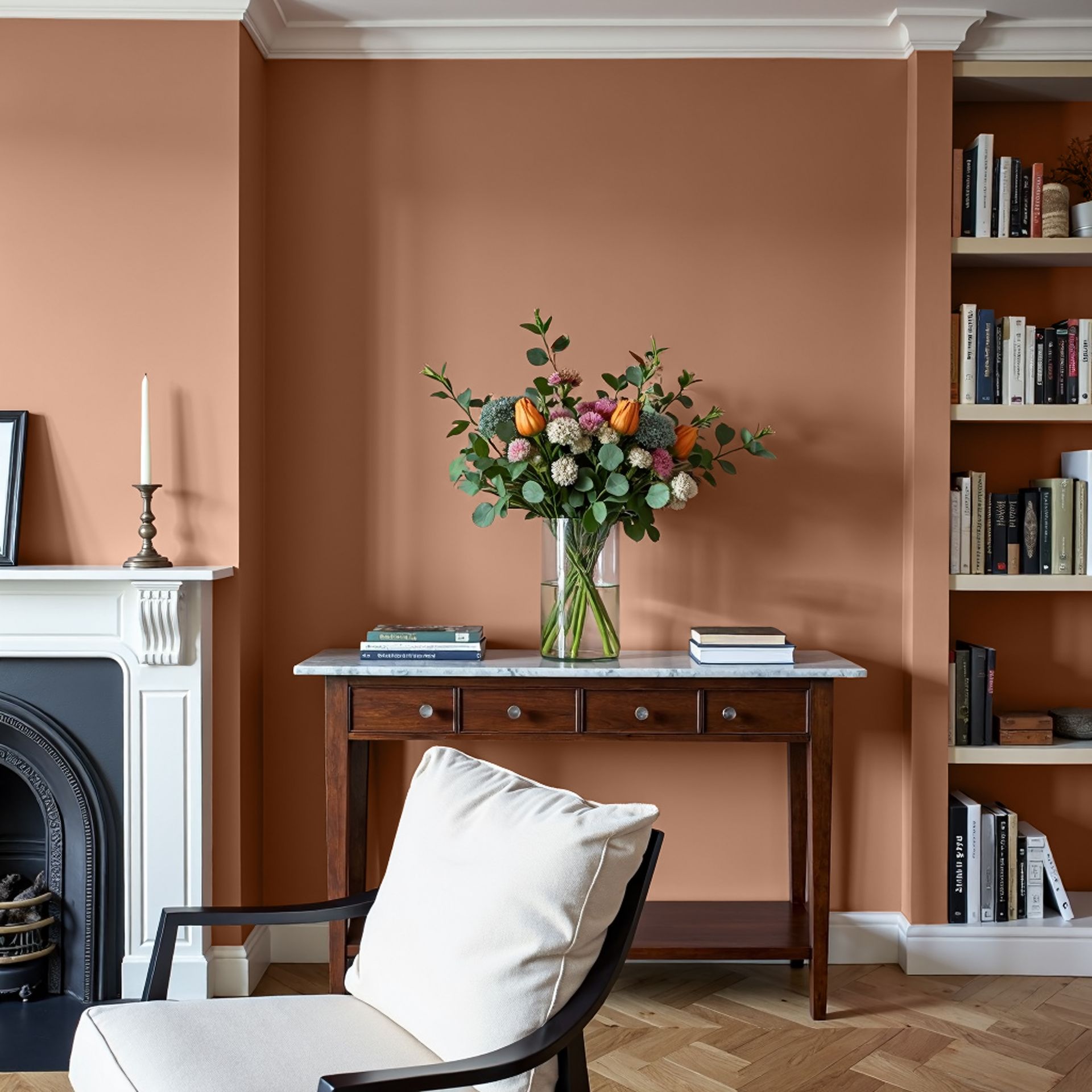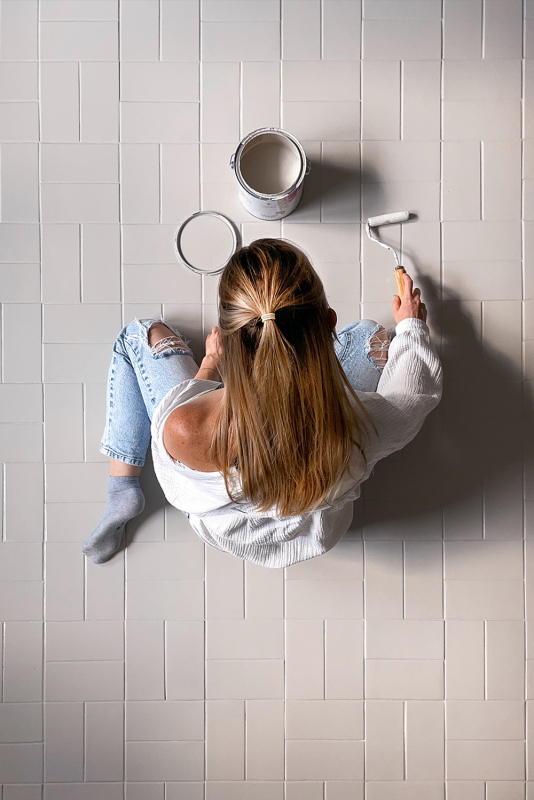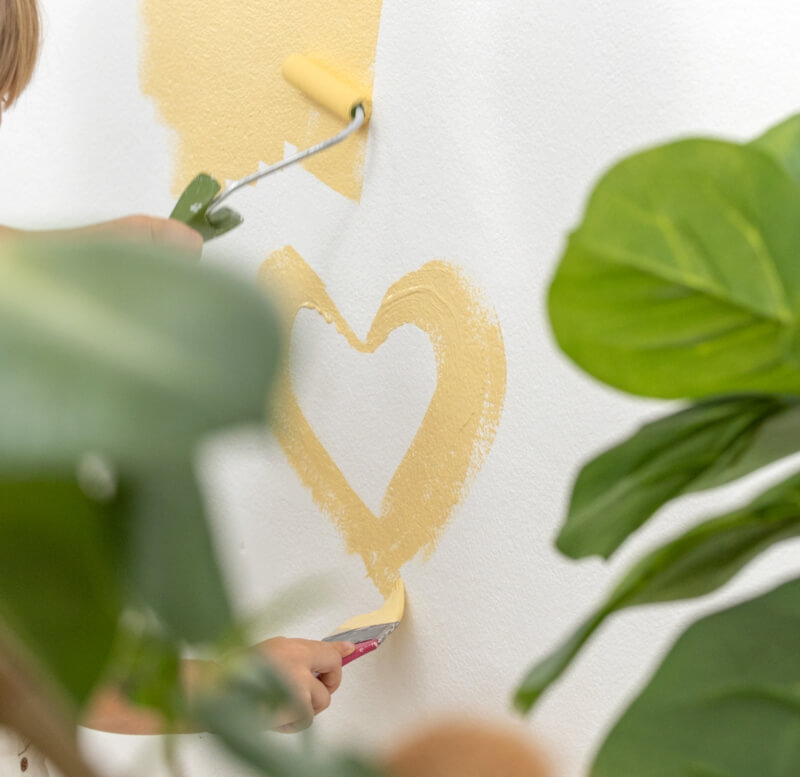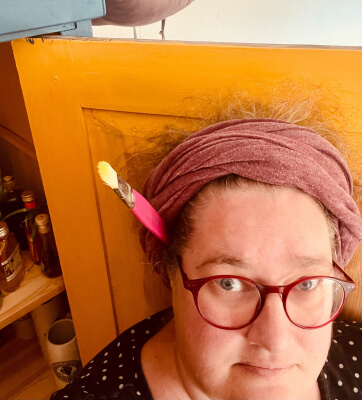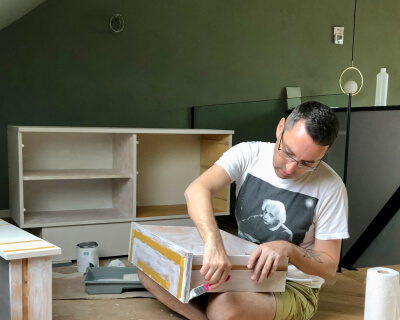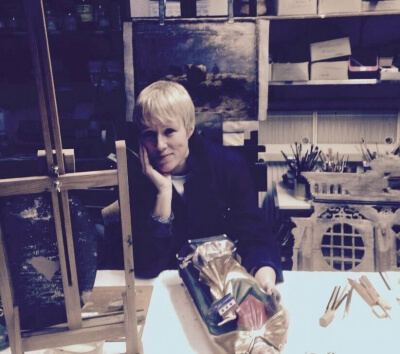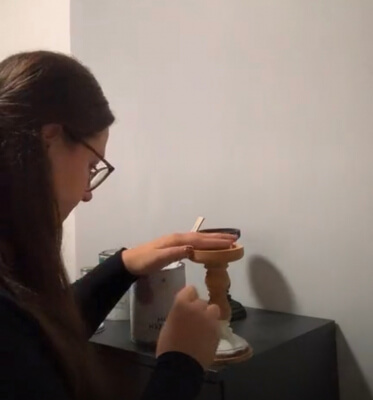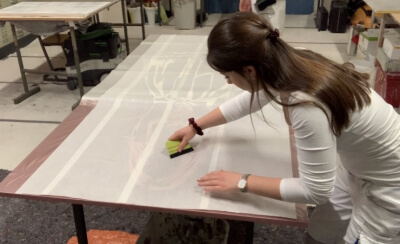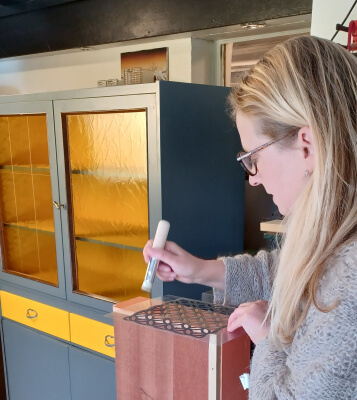Children's Room Wall Design: Beautiful Ideas for Children and Babies
12 min reading time
Table of contents
1. Children's room wall design: ideas from our community2. The right colours for the children's room
3. Painting ideas for children's and baby's rooms
4. Children's room paint: Ideas by age
5. Painting children's rooms the right way: Instructions by MissPompadour (incl. video)
6. FAQ: Frequently asked questions
7. These are the accessories you need to paint your child's room
Whether you're preparing the baby's room for a new arrival or you want to transform the children's room into a teenager's room - the approach to wall design and painting the children's room always remains the same, only the colour shades change. We have put together some ideas for children's room wall design for you.
Children's room wall design: Ideas from our community
The right colours for the children's room
These colours encourage your child's creativity
These colours ensure a peaceful night's sleep
What you should consider when choosing colours for the children's room
Our colour range includes the following wall paints, which are ideal for painting a child's room:
- LittlePomp chalk paints: our chalk paint specially developed for children's rooms
- MissPompadour - The Functional Wall Paint: our washable and hard-wearing wall paint
- MissPompadour - The Valuable Wall Paint: the preservative-free, extra matt wall paint with high opacity
- CosyColours wall paints - elegant, rich colour shades based on chalk
Painting ideas for children's and baby's rooms
Simple & beautiful DIY motifs
Perhaps you could also decorate a wall with a great children's wallpaper and combine it with a neutral wall paint on the other walls? At MissPompadour, you'll find great non-woven wallpapers for children and adults.
Wall design in the children's room: ideas by age
Ideas for baby room wall design
The difference between a baby's room and a child's room is that, as parents, you spend a lot of time in a baby's room yourself. Especially at the beginning of this new phase of life, it is particularly important that not only your child but also you feel comfortable and secure. Friendly, low-irritant colours such as a light green or a soft yellow and especially a soft, light orange are therefore suitable for the wall design. The same applies here: create different areas with different accents. For example, you can paint stars above the cot and motifs next to the changing table so that the little ones have something to look at. You should also paint the area around the nursing chair with a wall paint that conveys a sense of security and calm.
- We recommend our LittlePomp chalk-paint as a wall paint for the baby room, as it is particularly environmentally friendly, VOC-free and does not release any toxic vapours into the environment.
- To embellish children's furniture such as the changing unit, cot or cradle, they can be painted with LittlePomp chalk varnish. Our varnish is solvent-free. The surfaces treated with it can be cleaned with a damp cloth and are toy-safe. The latter is important, as babies often lick or "nibble" the bars on their cot
From when can children see colours?
Already one week after birth, a baby can see and distinguish colours. Red, yellow, orange and green are perceived first. Blue and purple tones follow a little later. It is therefore important which colours you choose for your baby's room. When choosing colours, also consider the size and lighting of the room. For the baby room, you will certainly want calm colour shades so that everyone can be comfortable in the room. After all, experience shows that parents spend a lot of time in the baby room: breastfeeding, changing nappies and rocking the baby to sleep
Which colour calms babies?
In the MissPompadour LittlePomp collection you will find many baby-friendly colours that not only calm babies but also parents. Especially pastel shades like a soft pink, a gentle orange or light blues have a friendly effect. But a delicate, light shade of grey or a fresh, discreet green are also particularly suitable for the baby room.
Ideas for toddler rooms
All in all, we recommend not digging too deep into the paint pots when it comes to colours for the children's room, because it often doesn't take long for the room to fill up with toys. And they are usually very colourful. The eye - and not only that of your child - is pleased when the walls of the children's room radiate calm.
- MissPompadour - The Functional Wall Paint is suitable as wall paint for the children's room, because it is extremely impact and scratch resistant and can be washed off wet.
- Now the MissPompadour blackboard paint also becomes interesting so that the little ones can write down their first words. Or you can paint a section of wall with MissPompadour magnet paint.
- The magnet paint is dark grey and must be painted over with the wall paint to become invisible. Photos and small works of art by the children can then be attached to this invisible magnetic wall with magnets.
Great colour shades for primary school children
Teenage room ideas
Painting a child's room the right way: Instructions from MissPompadour
Step 1: Preparation
Cover the floor with cardboard, newspaper or plastic drop clothn. Protect delicate parts (like windows, doors or skirting boards) with tape. Fill in dents and holes with our To Fill - MissPompadour Filler. After drying, sand smooth briefly.
Step 2: Apply Stainblock
- To Bond & Block - MissPompadour Primer: Ensures that stains do not show through into the new coat of paint and prevents tannins from escaping if you want to paint untreated wood panels, for example.
- To Prime Walls - MissPompadour Wall Primer: Prepares highly absorbent or porous surfaces for painting.
Step 3: Apply colour
Video: Nautical ideas for children's room wall design
FAQ: Frequently asked questions about painting children's rooms
Which walls should I paint in the children's room?
All walls in the children's room should be painted with a light, friendly base colour. If you use bright colours, paint only selected areas. Since there are also a lot of toys decorating the walls in your children's rooms, it can otherwise become too restless.
Are there special colours for children's rooms?
You can paint the children's room with all our wall paints. Washable wall paints such as MissPompadour - The Functional Wall Paint have proven their worth, especially if only certain areas of the room are to be painted, especially for heavily used areas or as a background for a coat rack, for example.
How long should I air the children's room after painting?
Even though our paints do not contain any harmful chemical substances, the children's room should be well ventilated. As a guideline, the room should be well aired for about one day after painting.
When is the best time to paint the children's room?
As the children's room should be well ventilated, it is of course best to paint it during the warm seasons.
These are the accessories you need to Paint your child's room
- Newspaper or cardboard: To protect the floor from paint splashes.
- MissPompadour Adhesive Tape - To Mask: To protect windows, doors or skirting boards
- Paint roller: The paint roller for chalk paints 18cm is particularly suitable
- Brushes: Choose wide brushes for painting large areas and narrow brushes for applying children's room motifs. We recommend using a bevelled brush so that you can also reach corners and edges easily.
- stencils, wall stickers and wall tattoos as wall decorations

